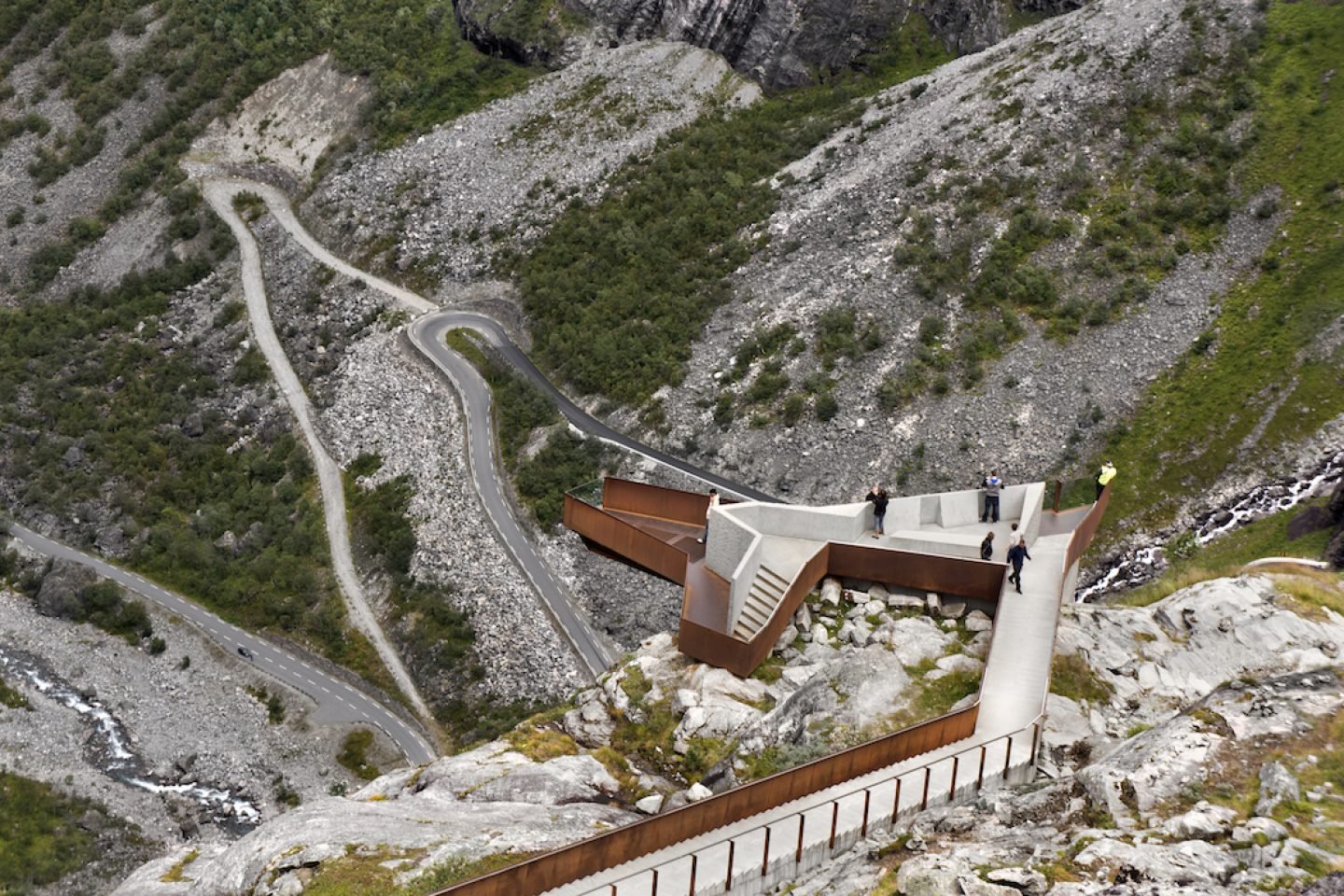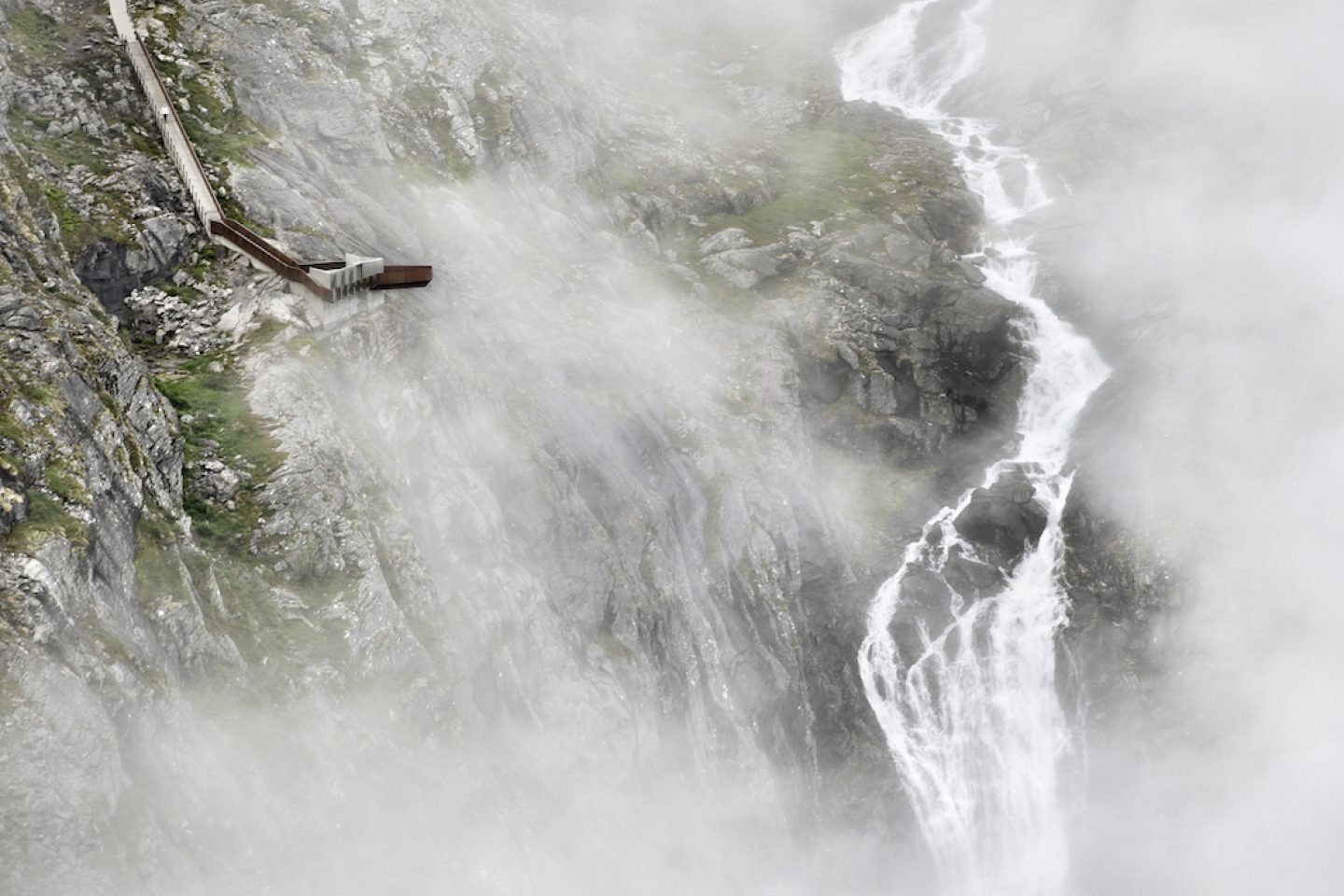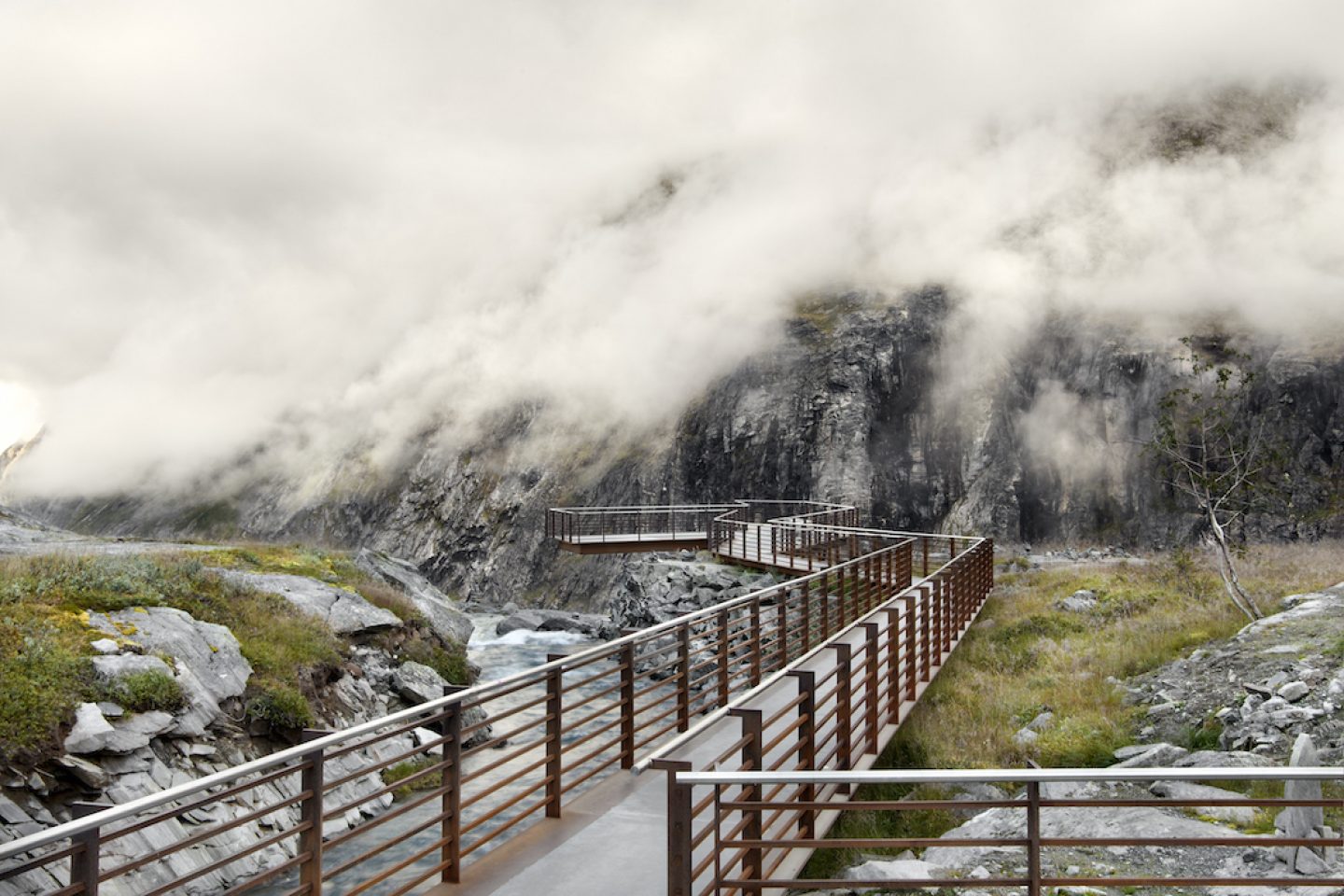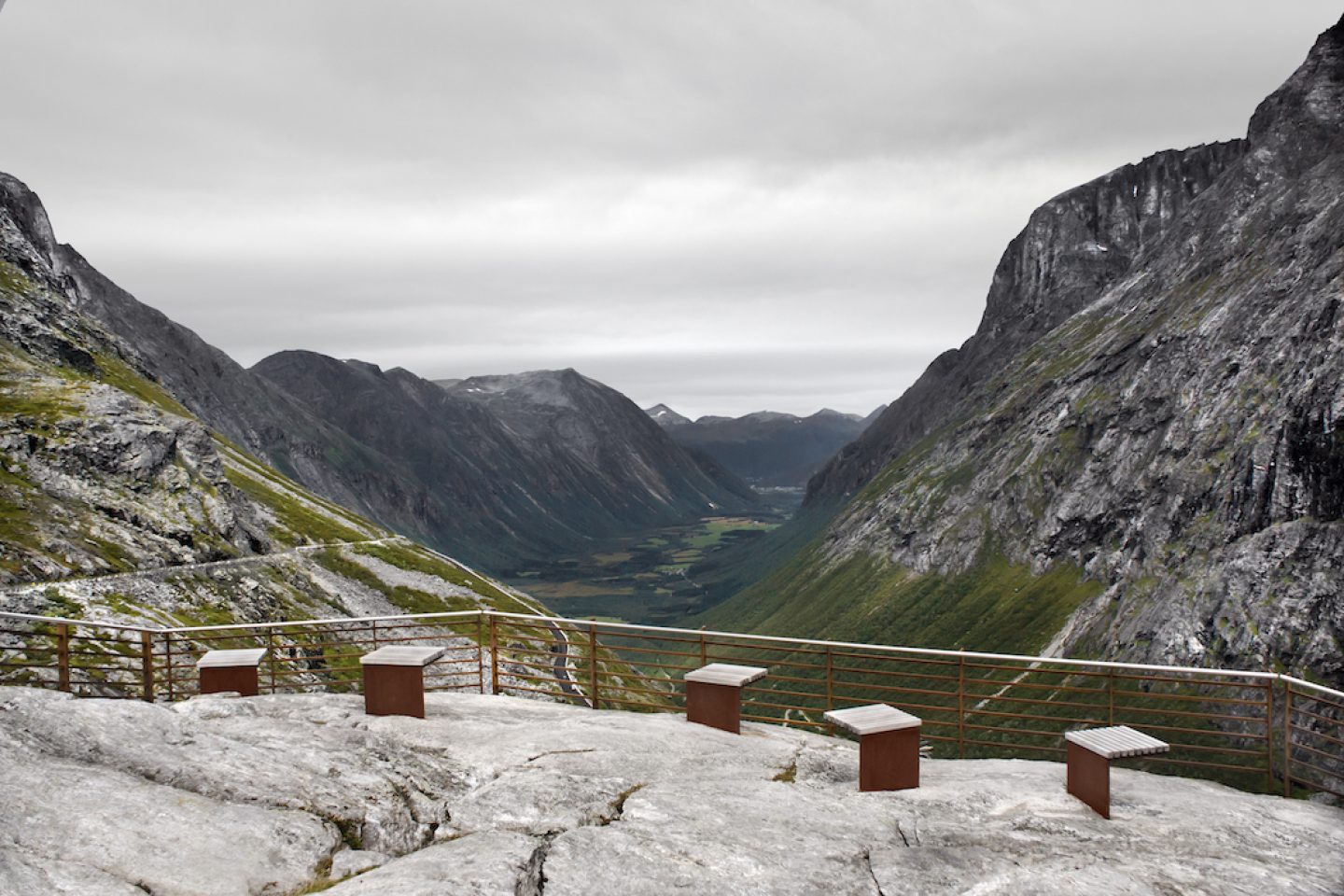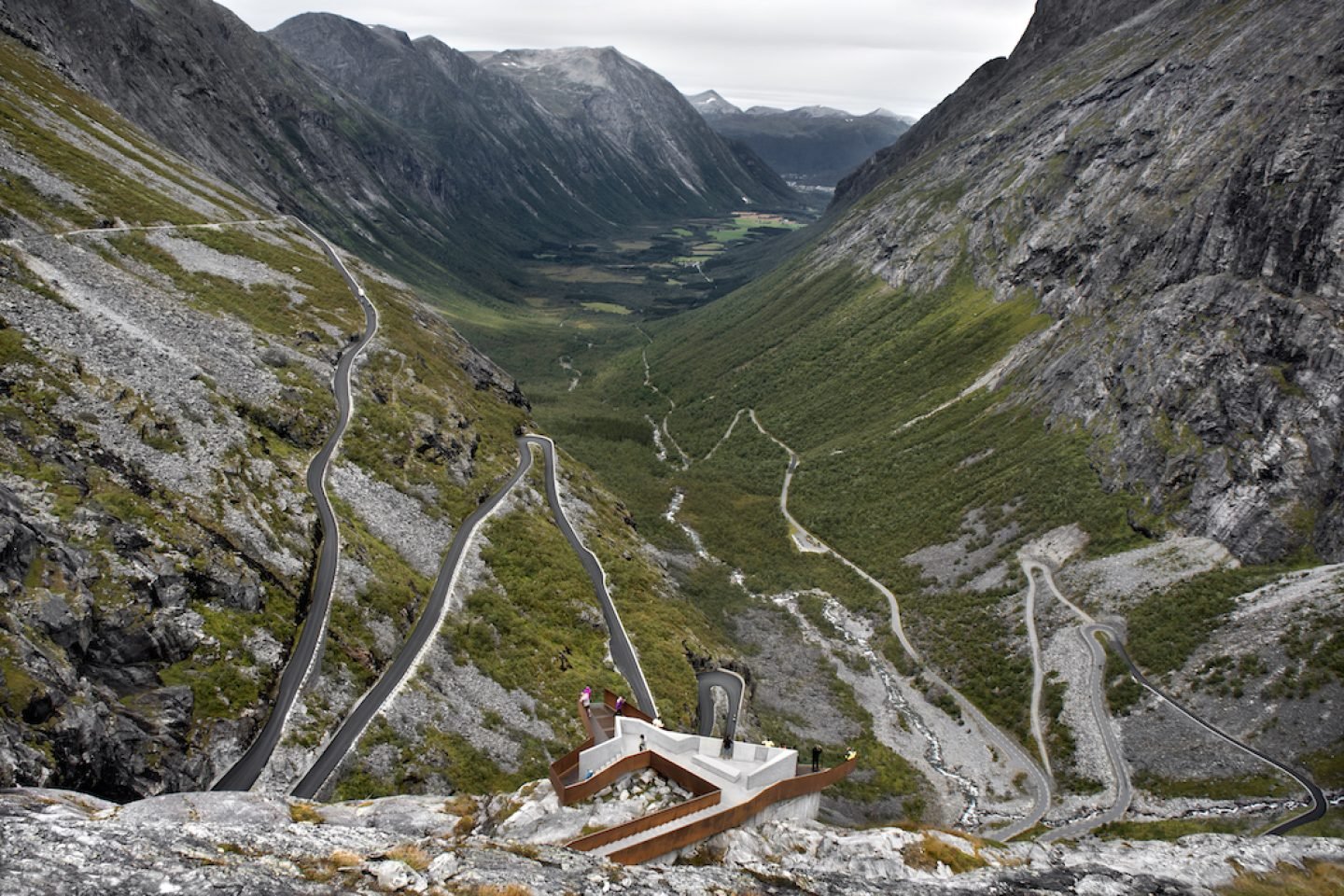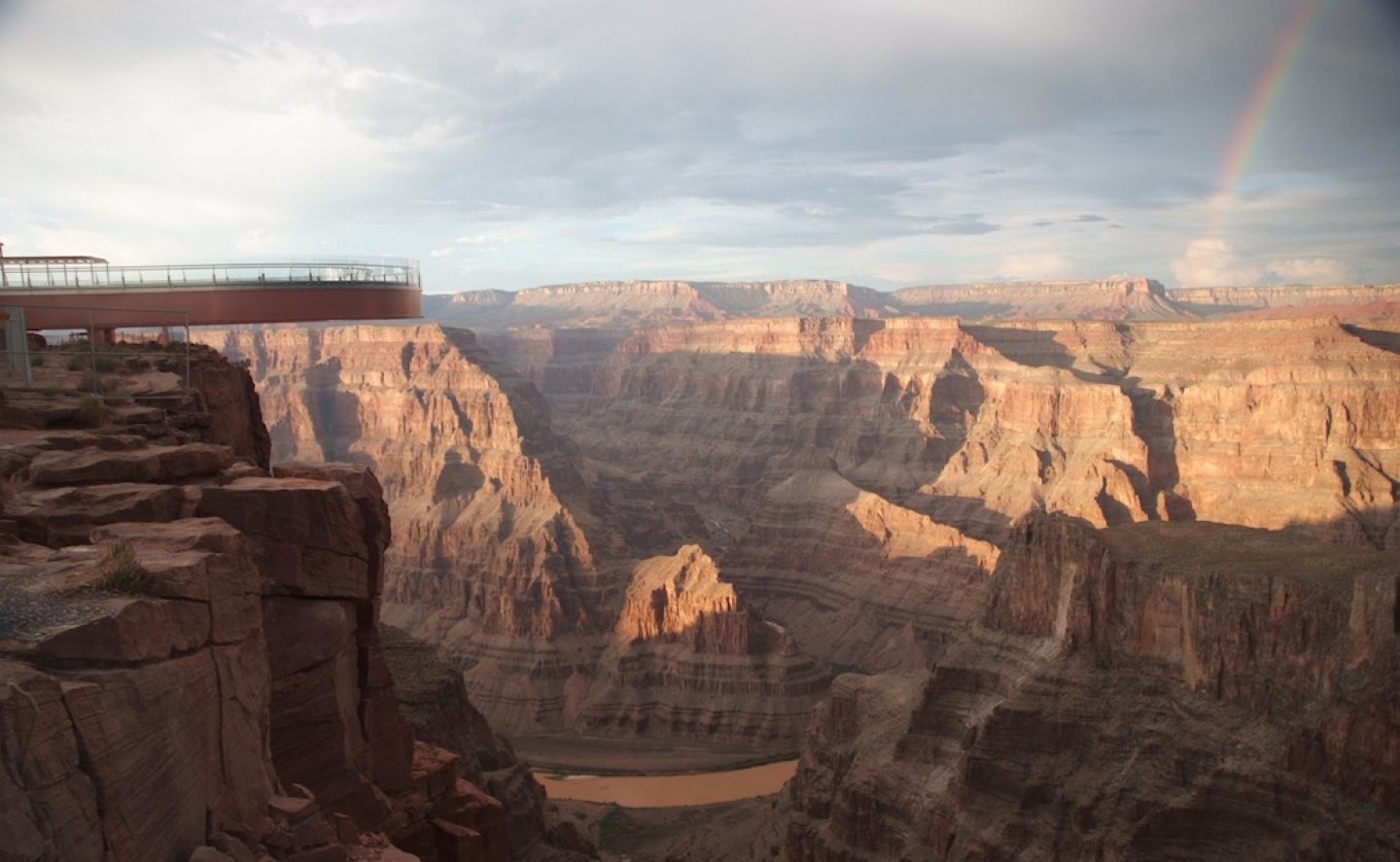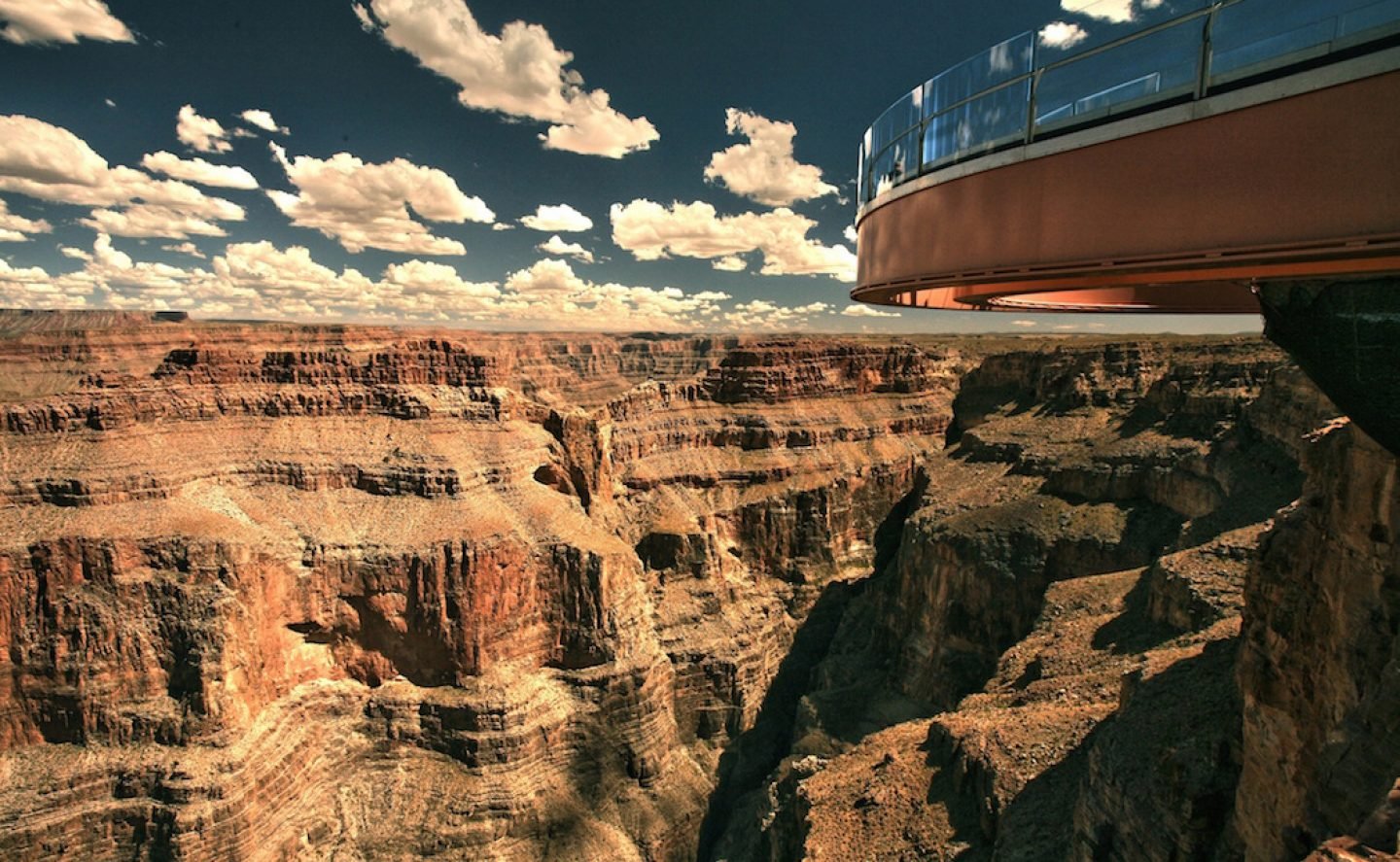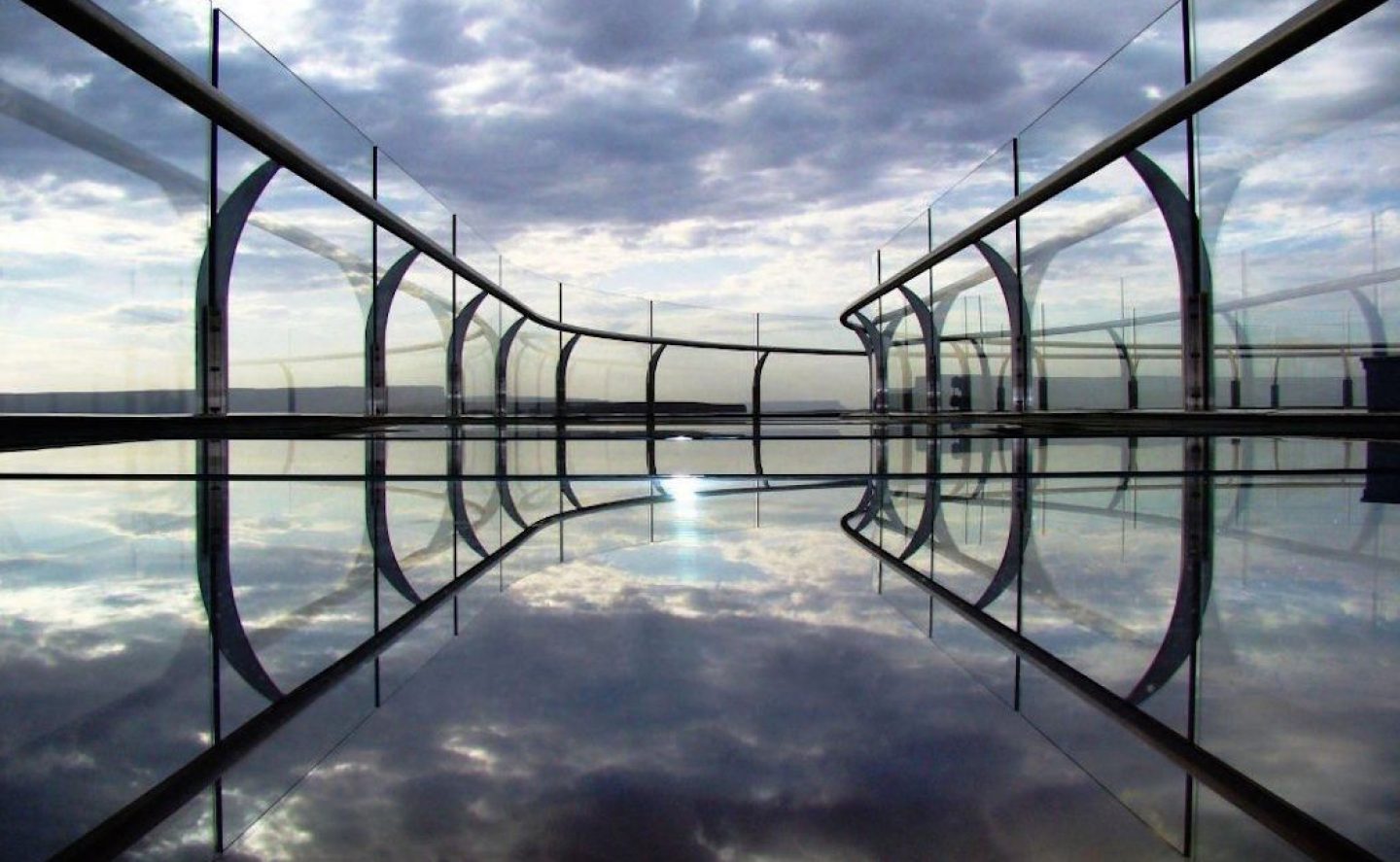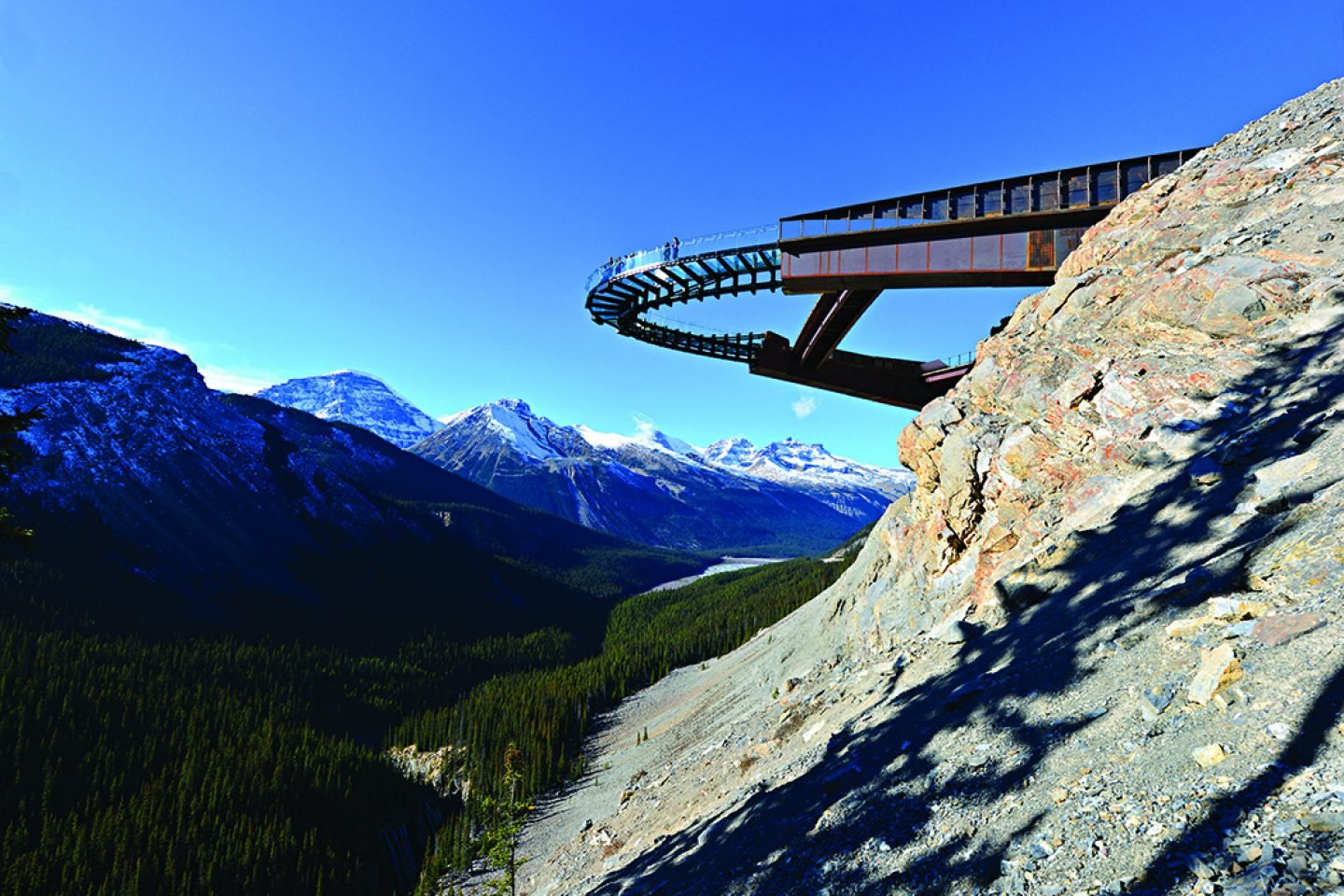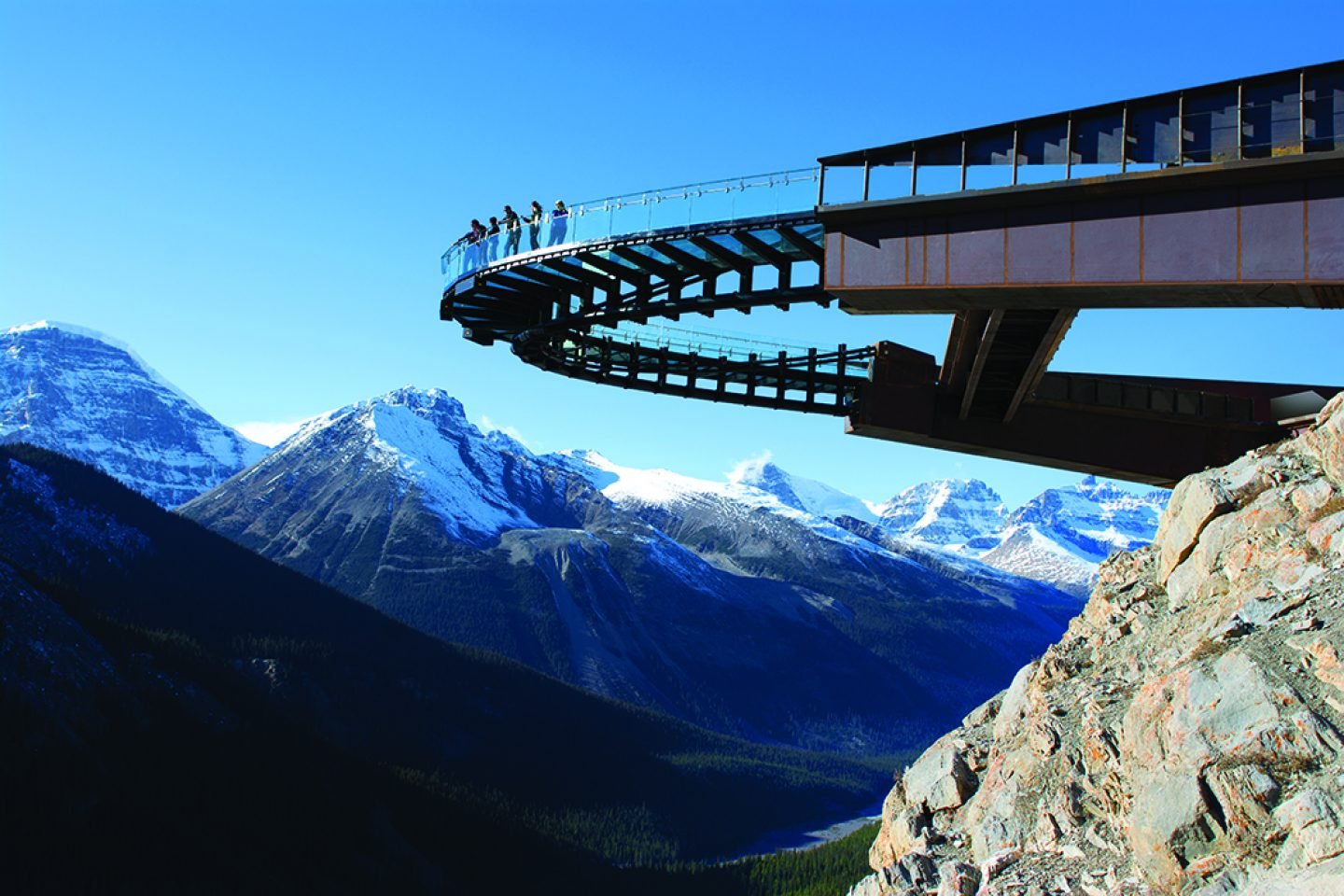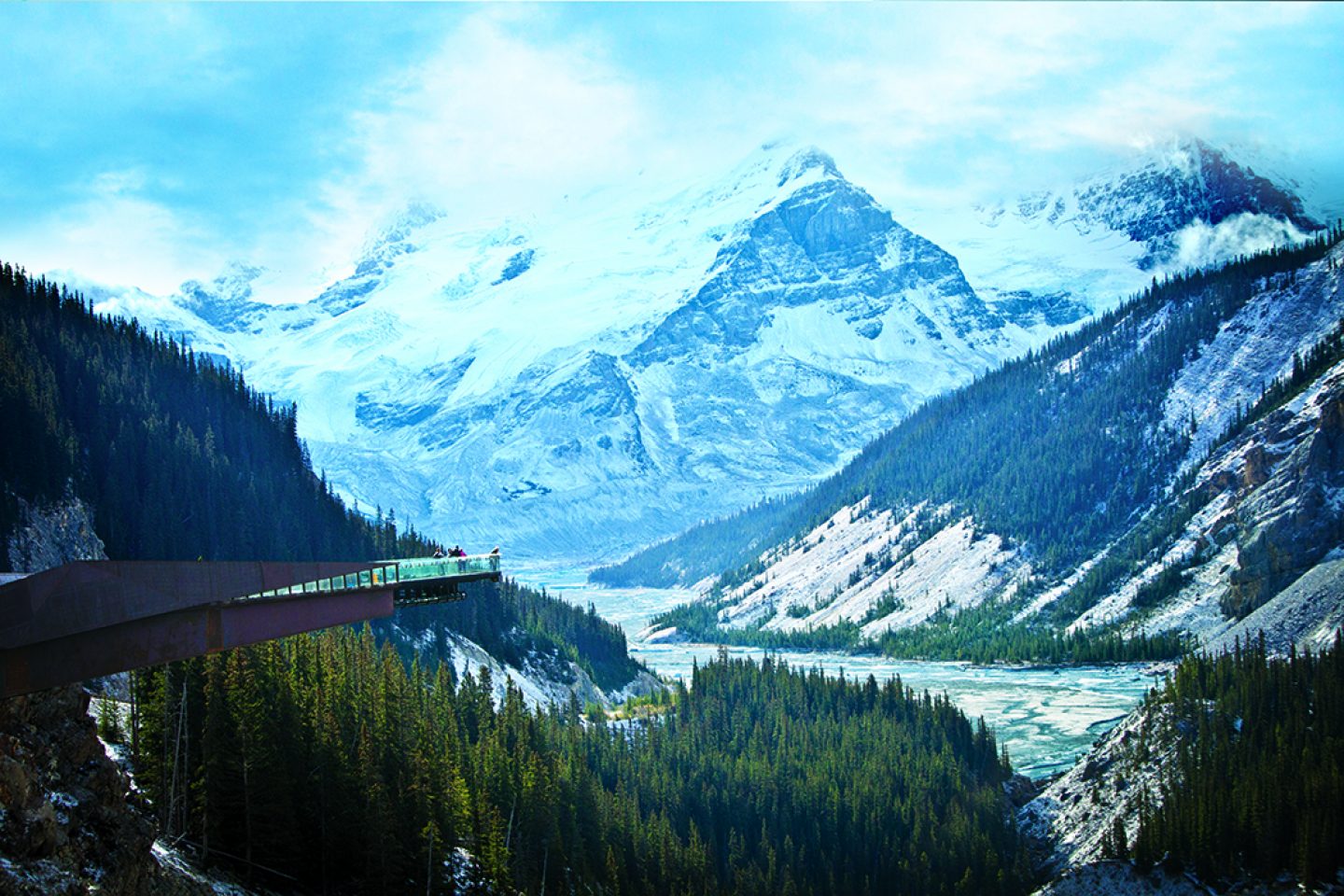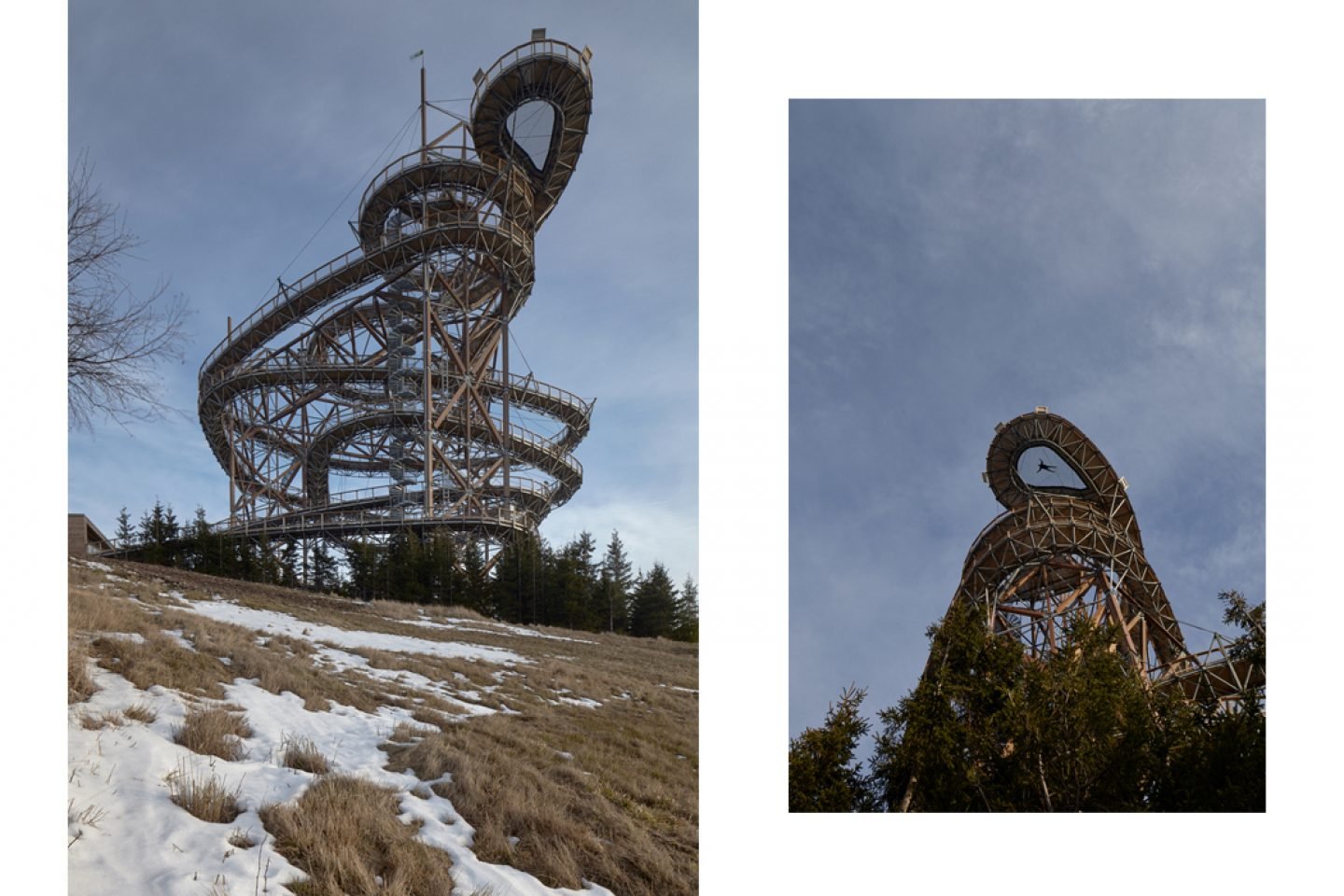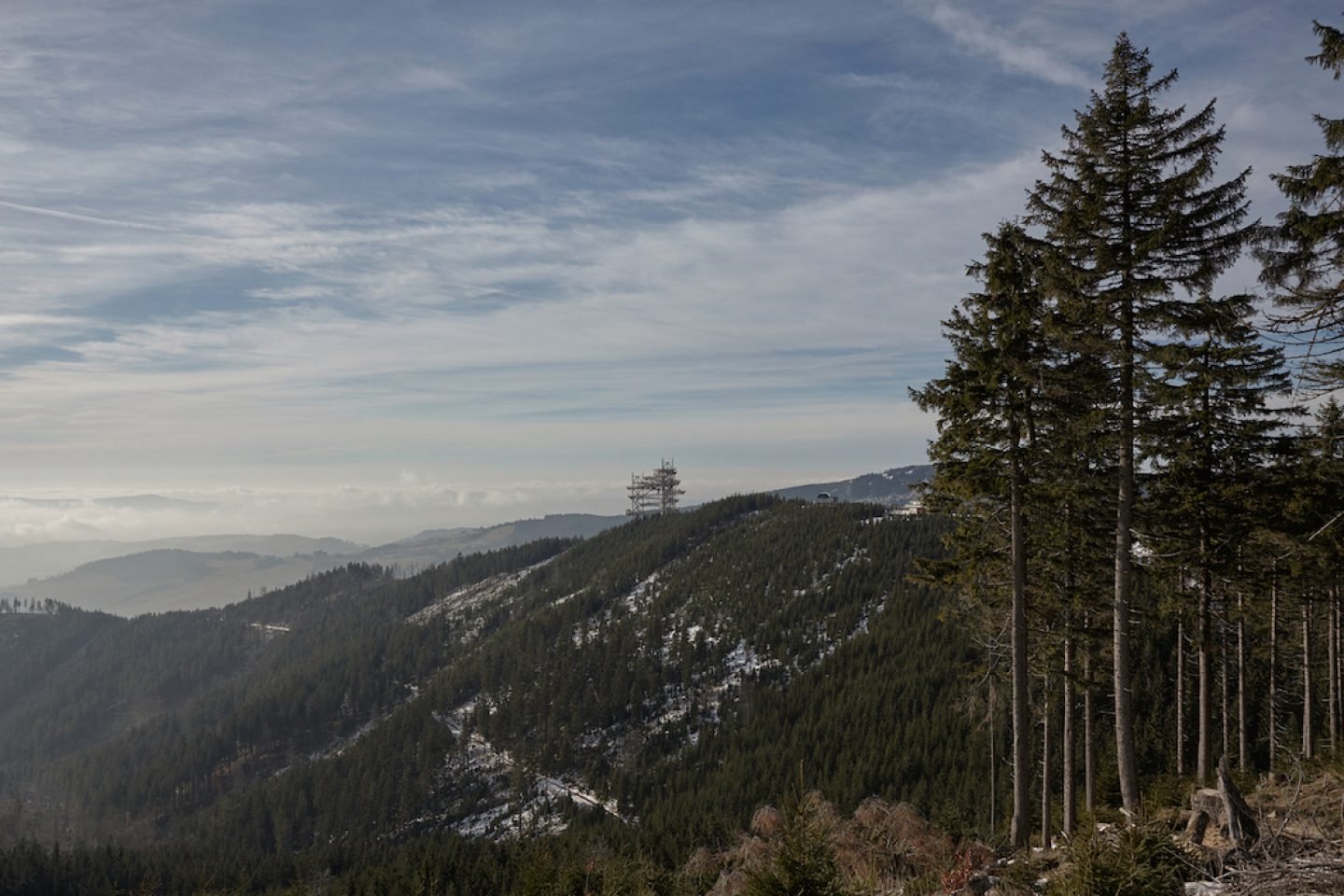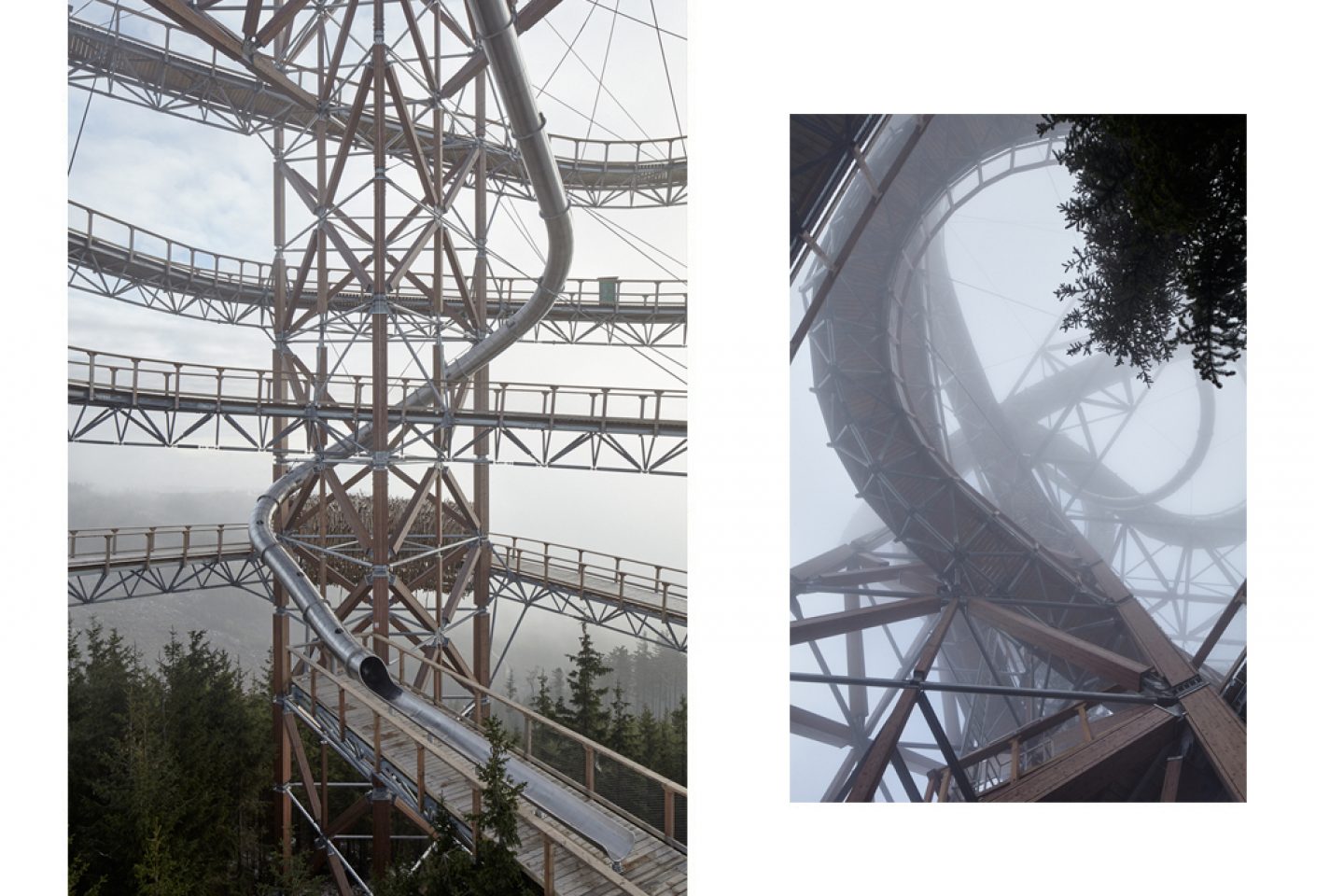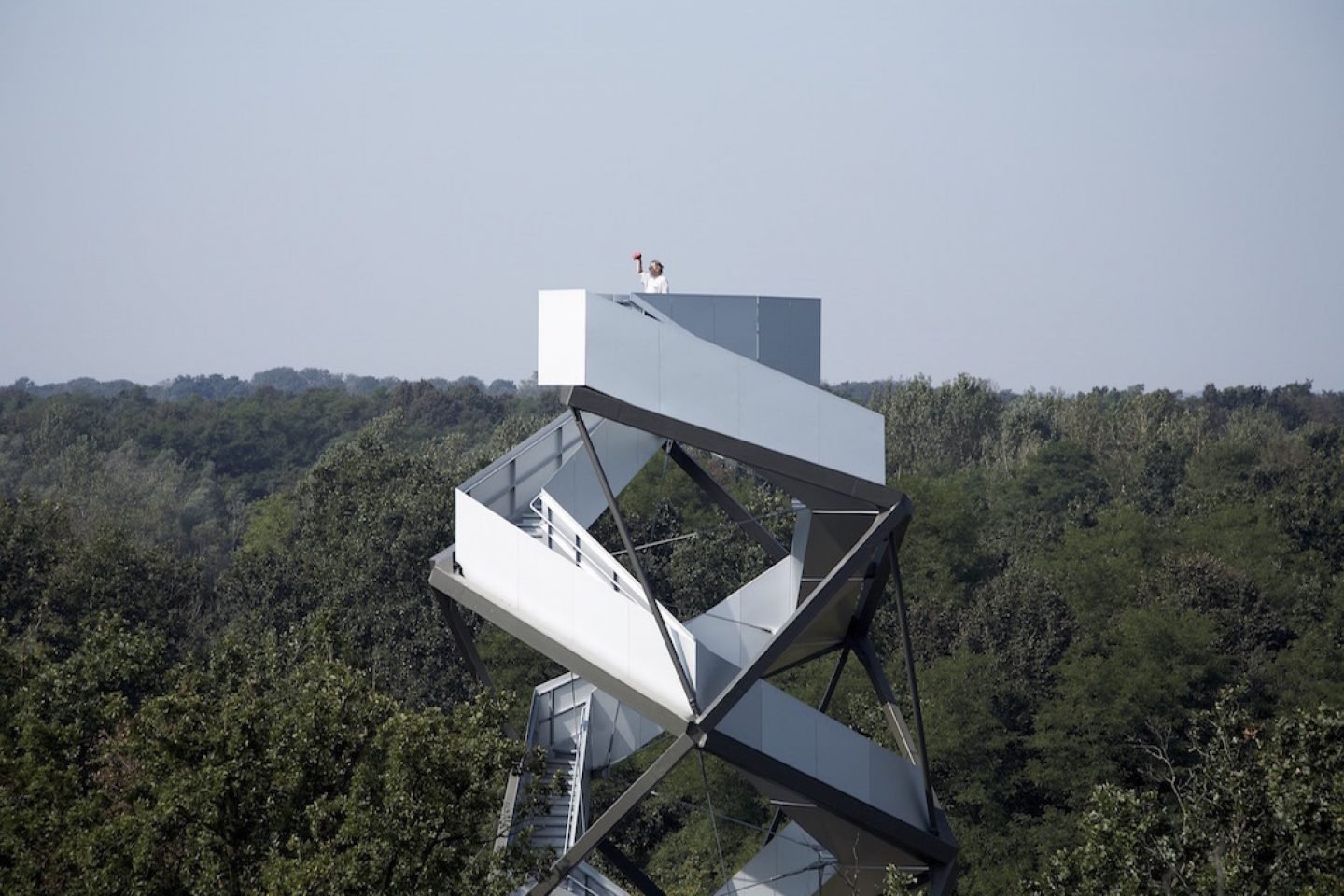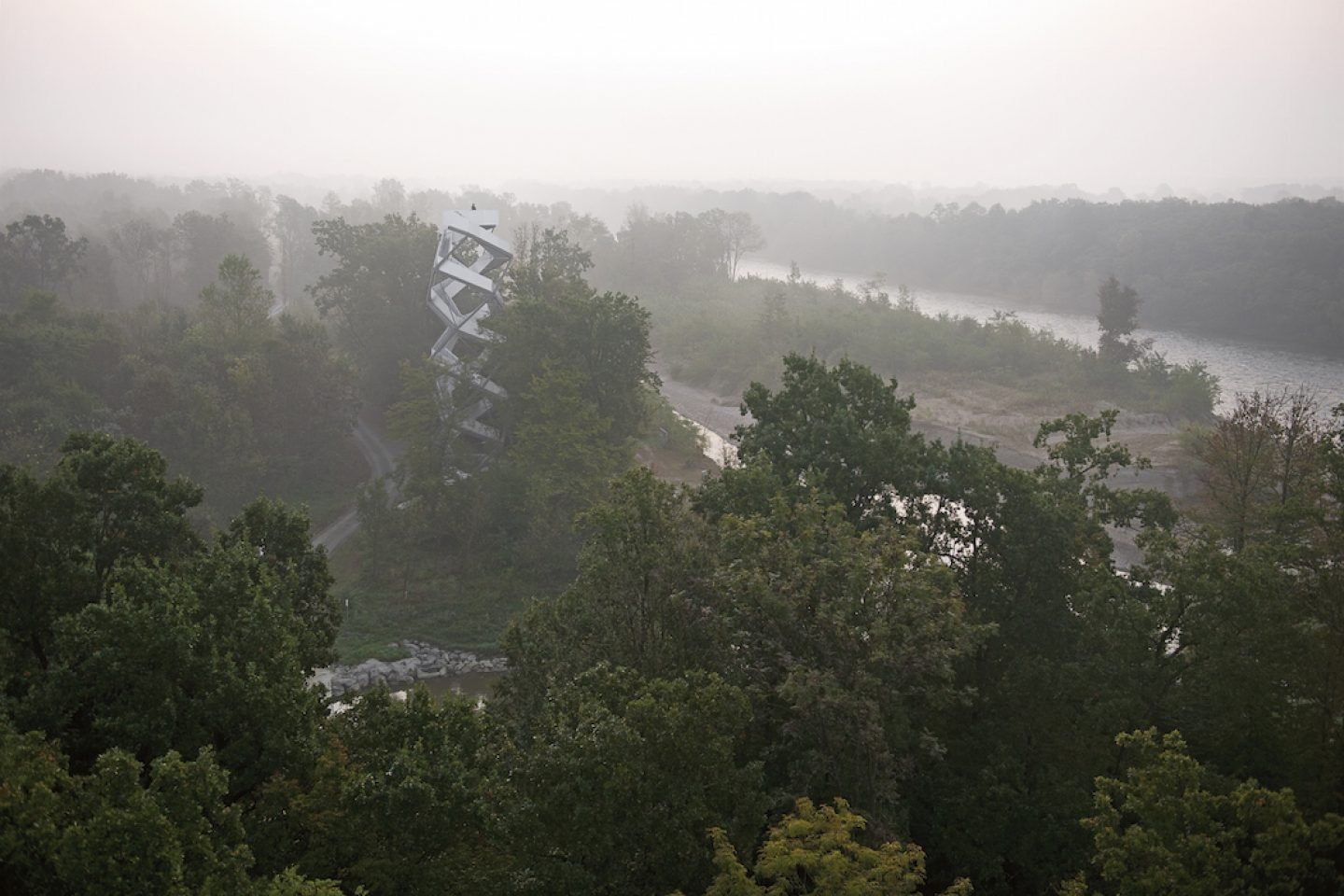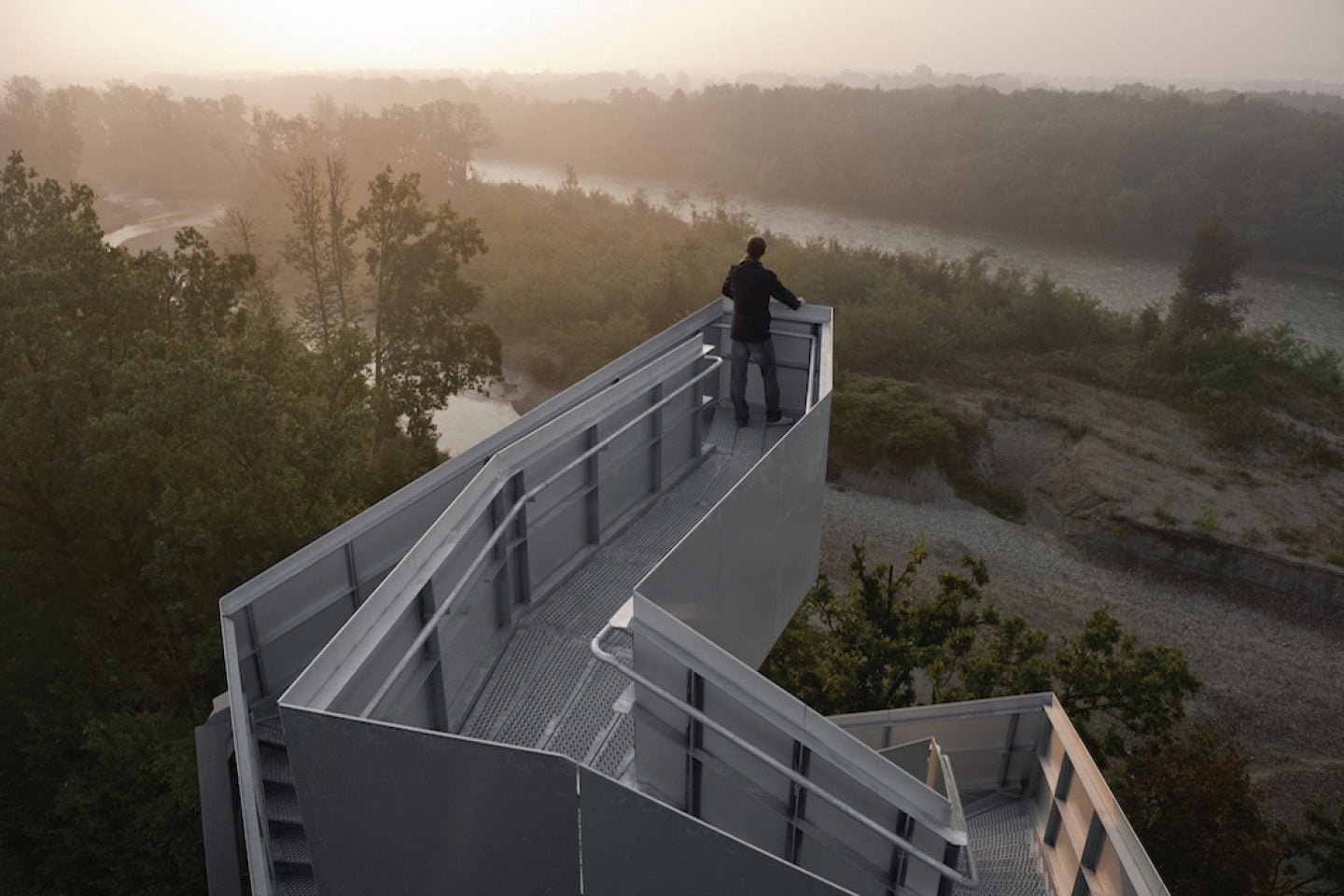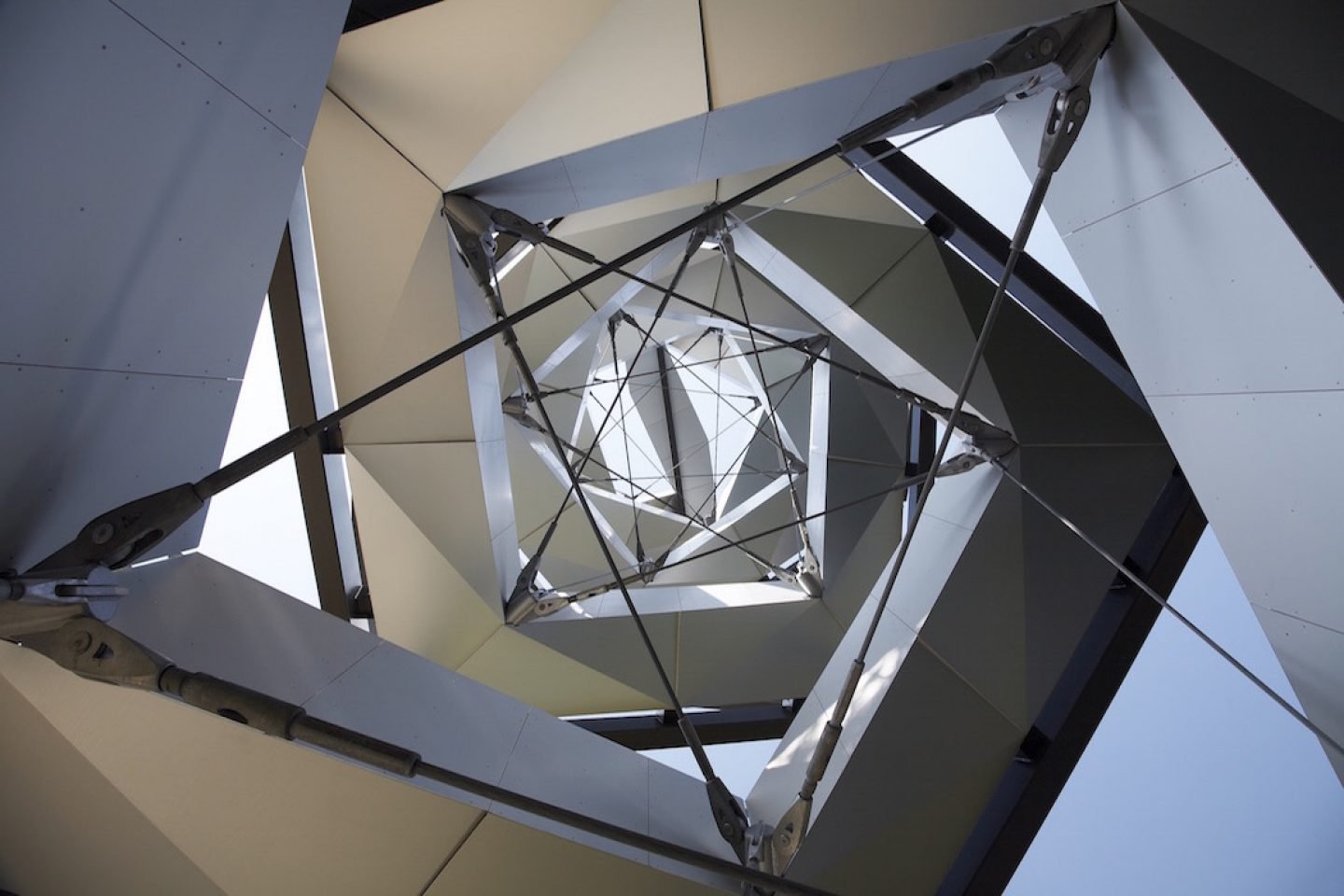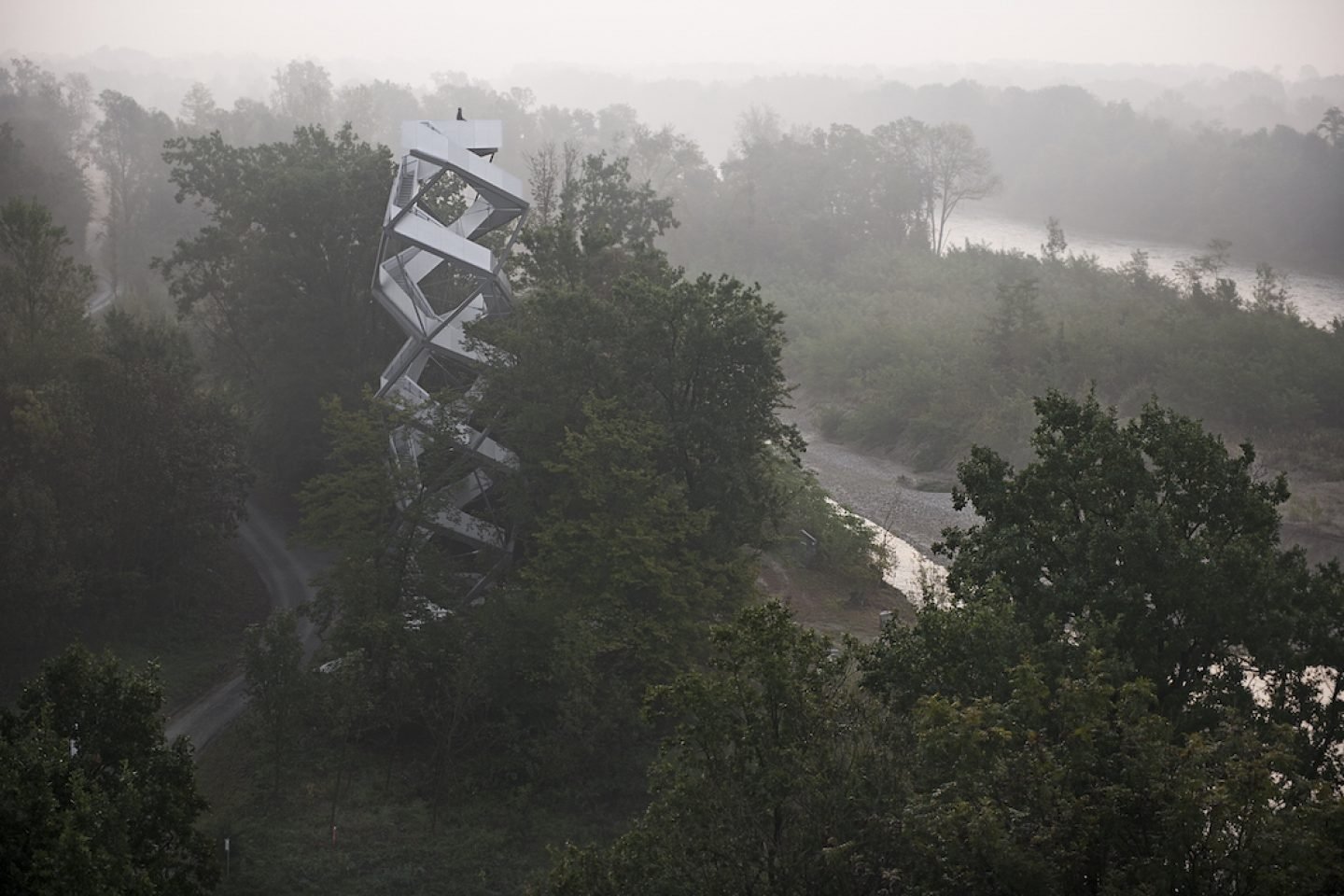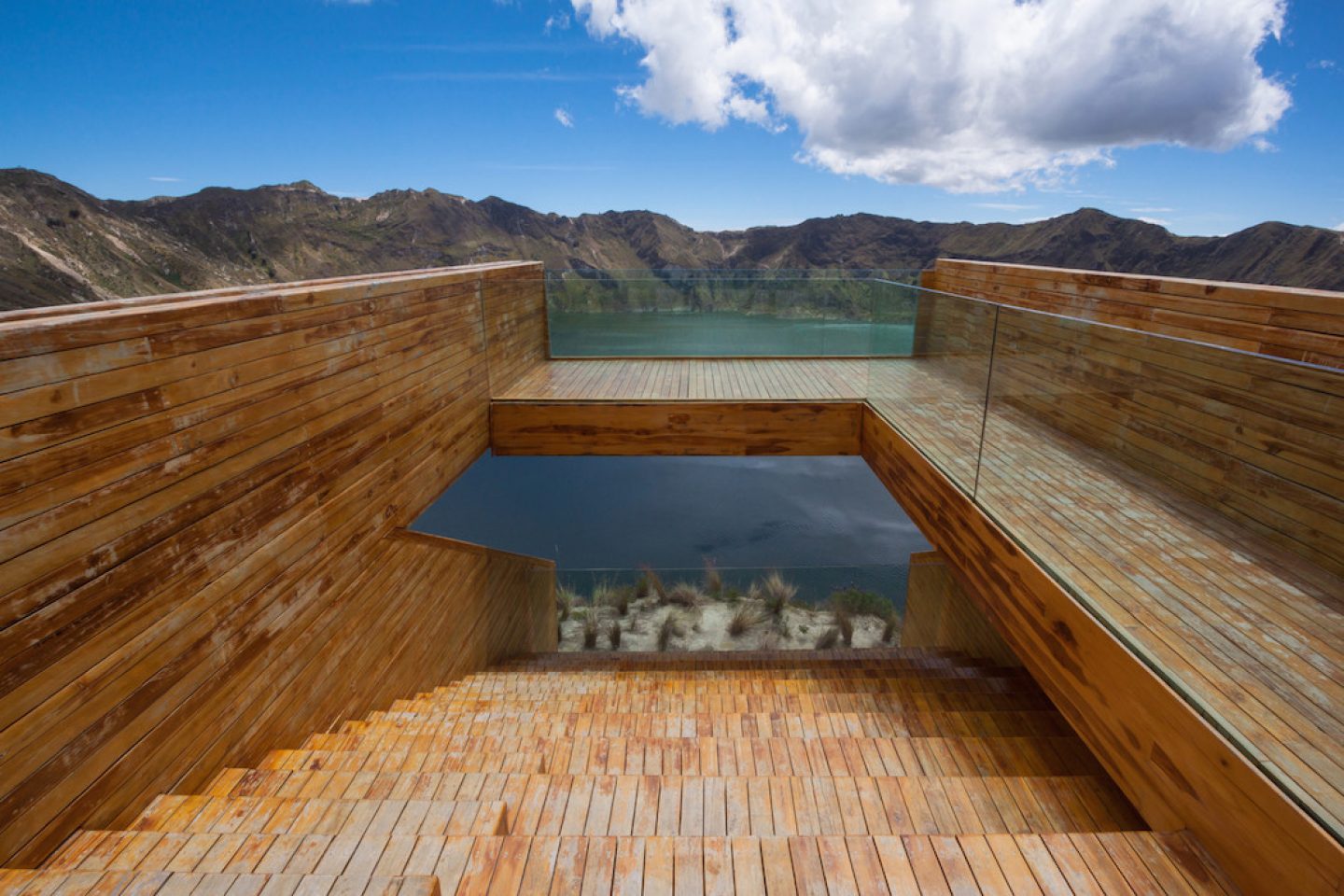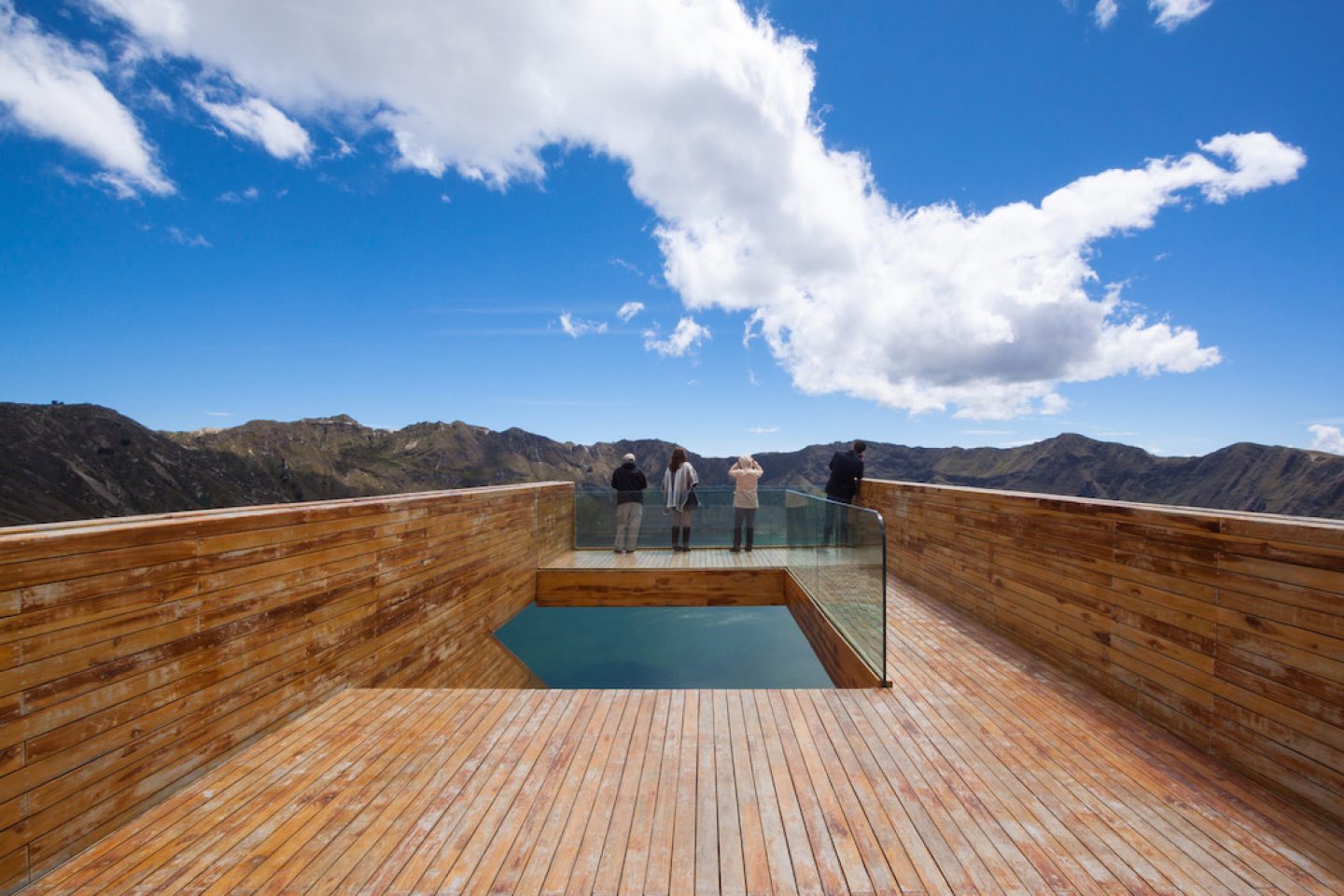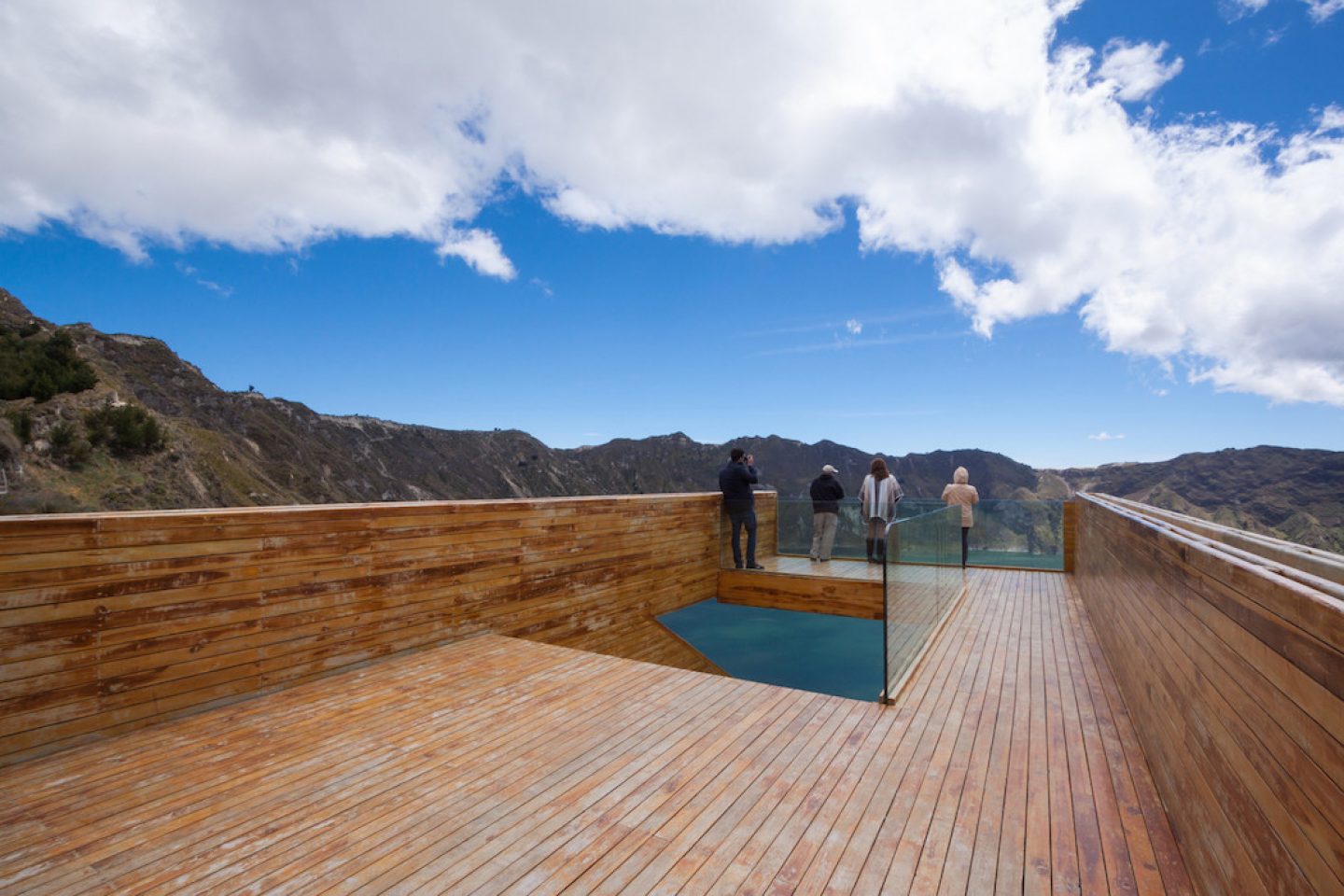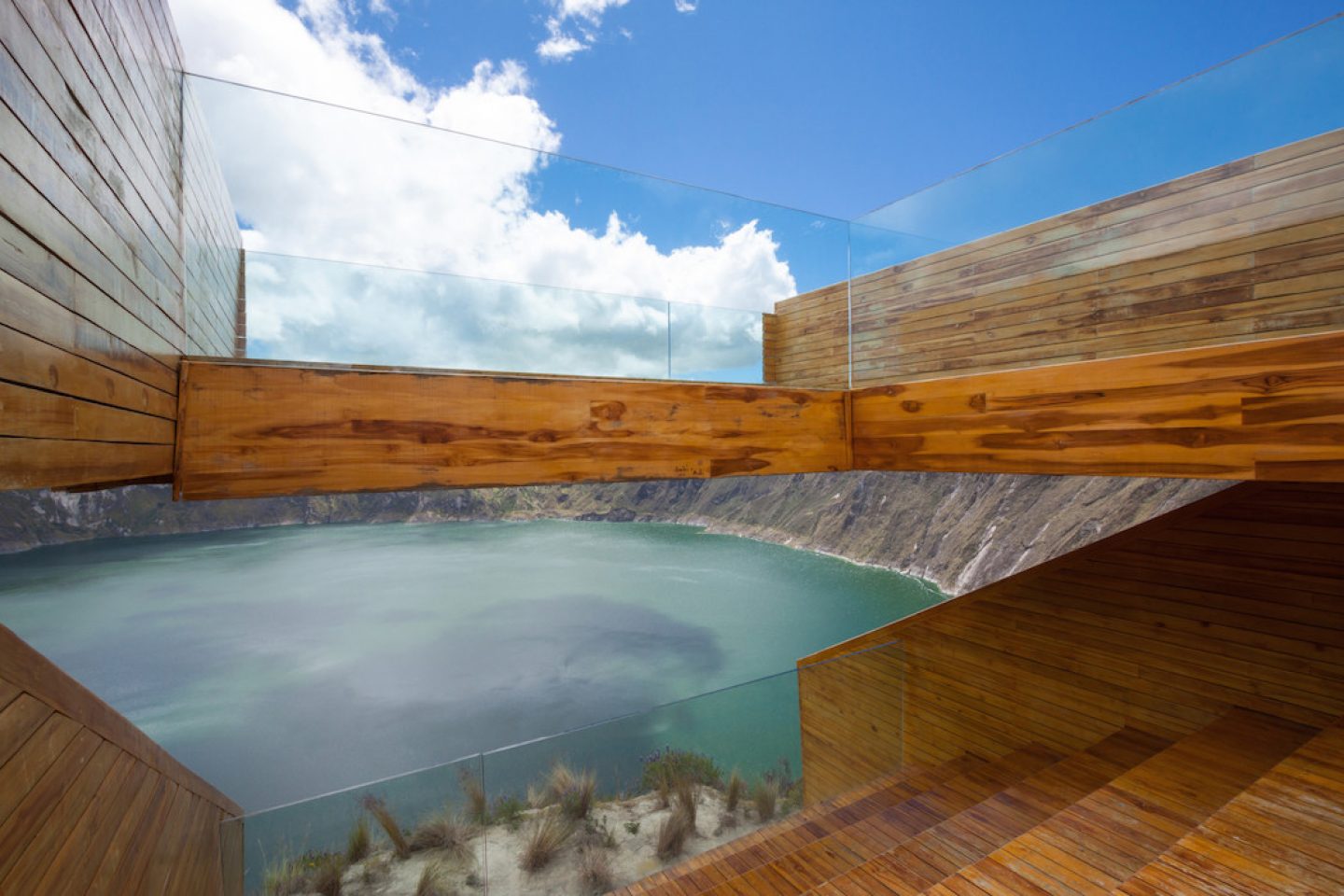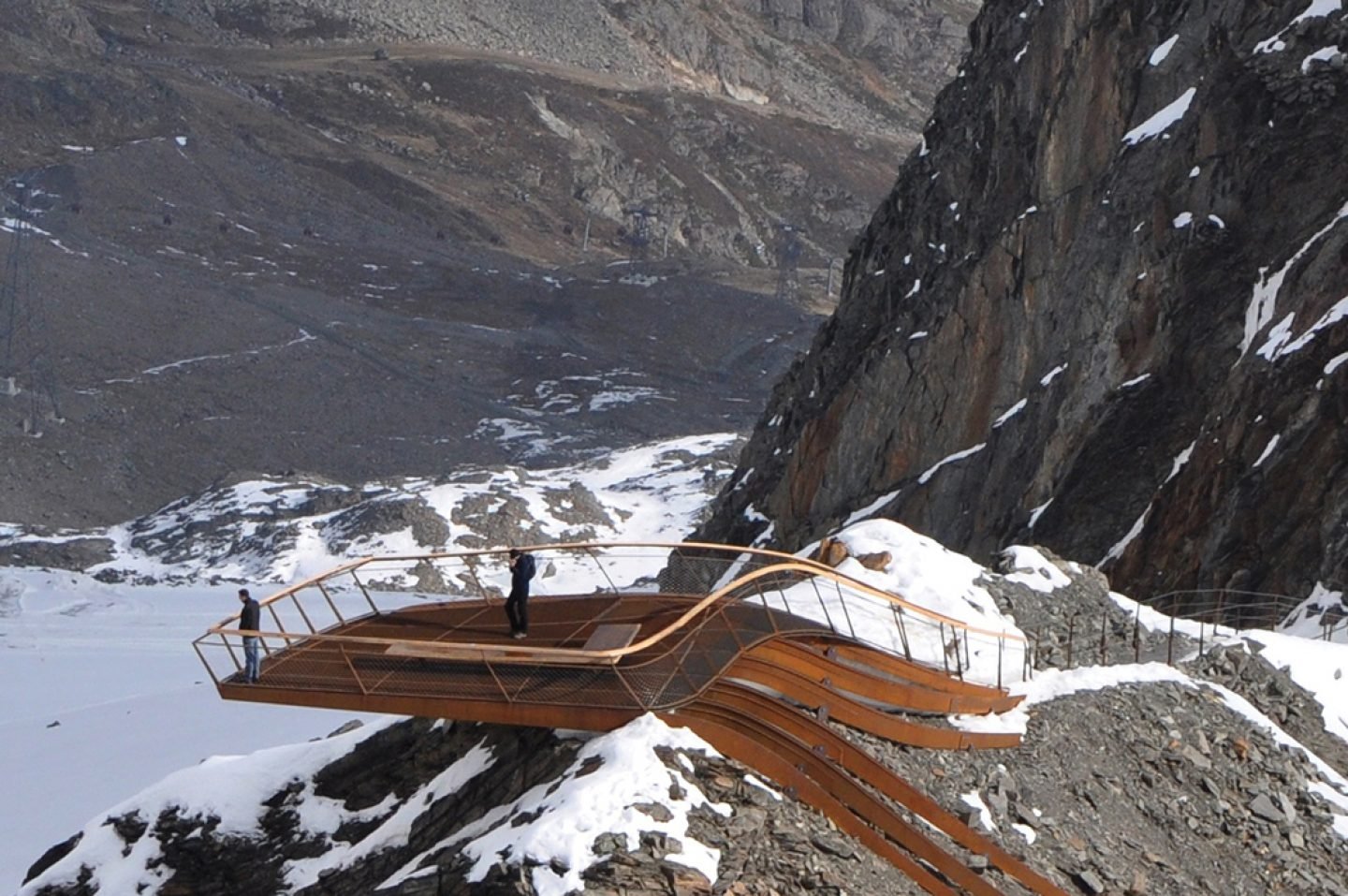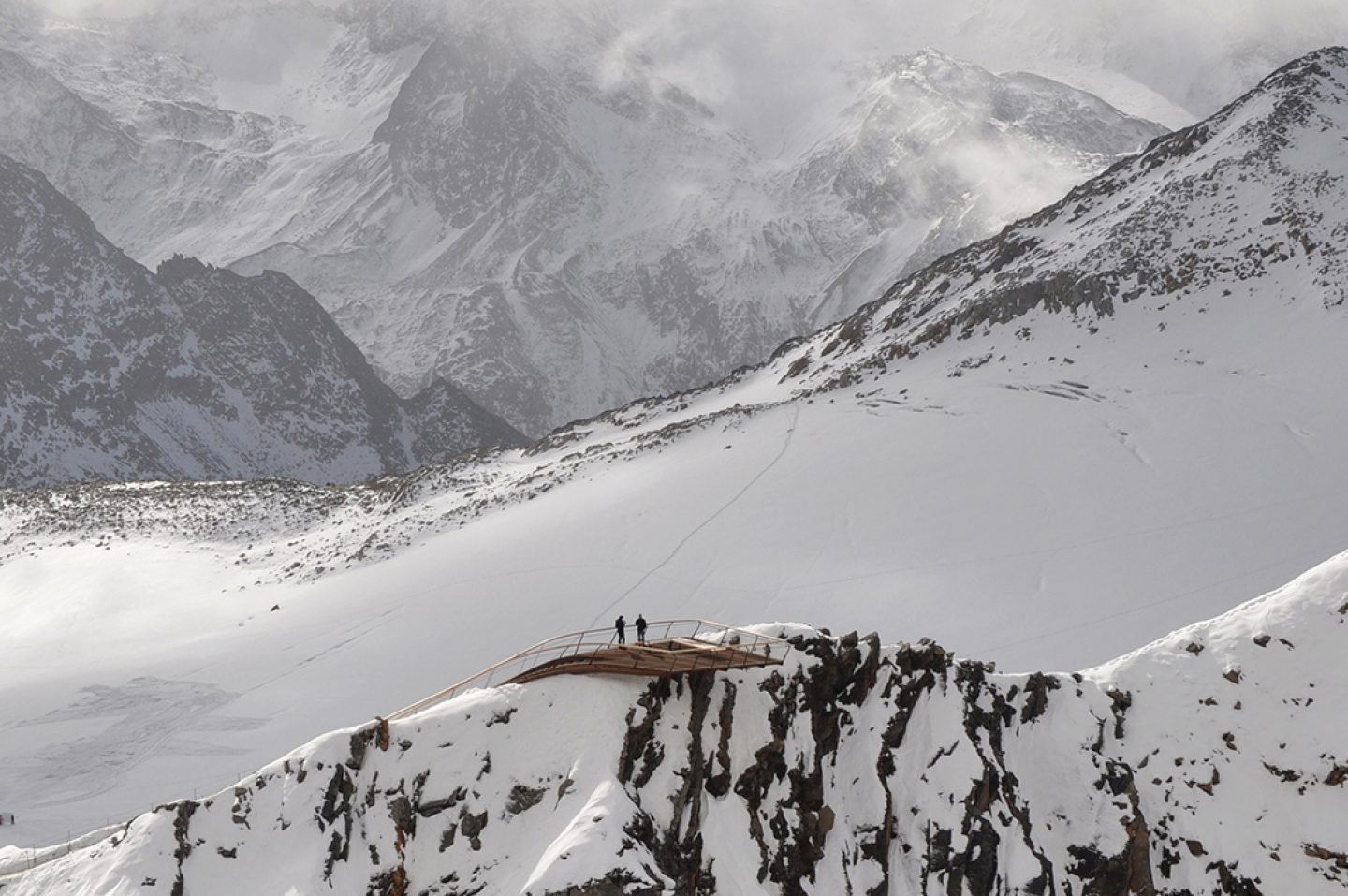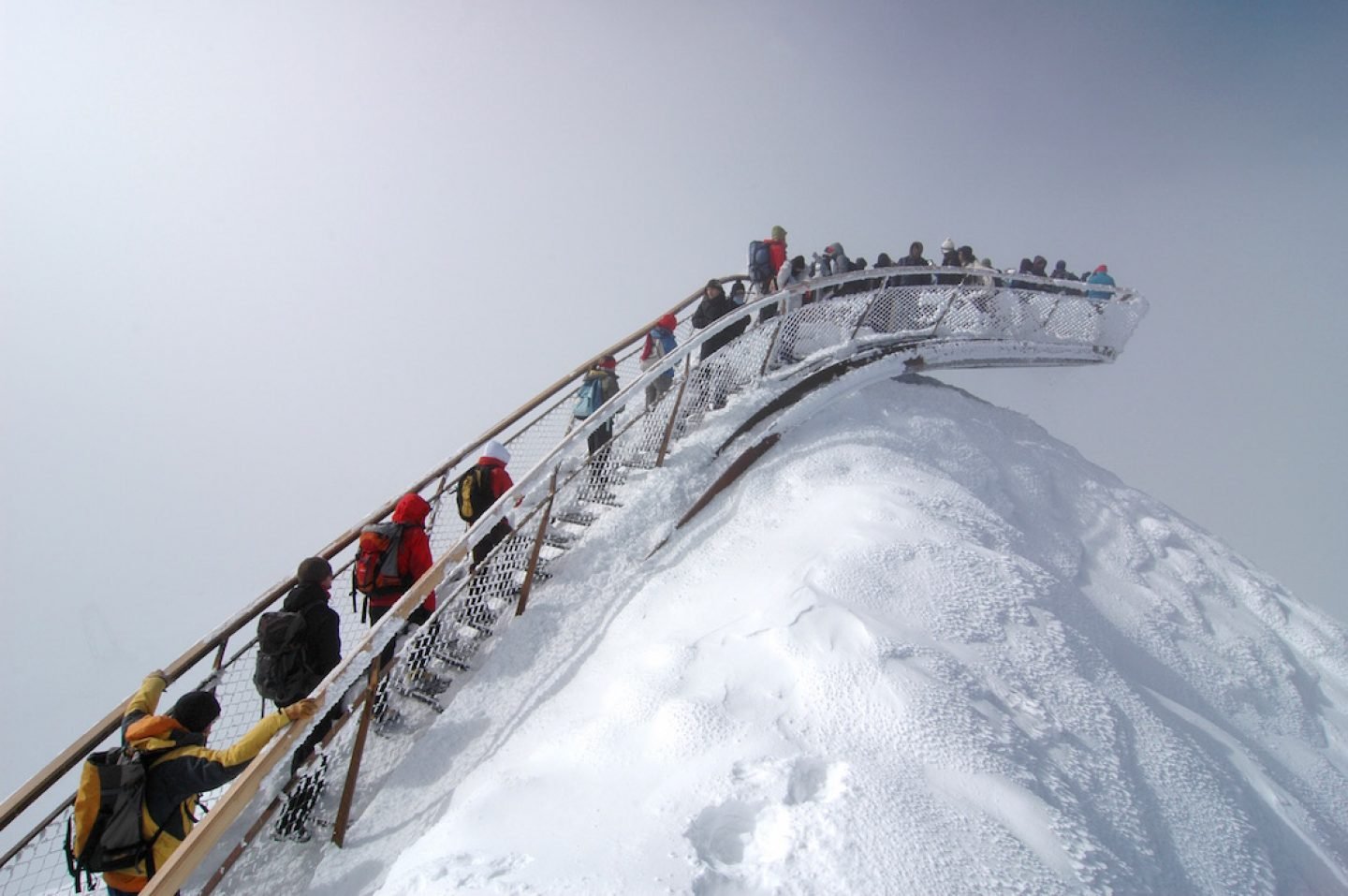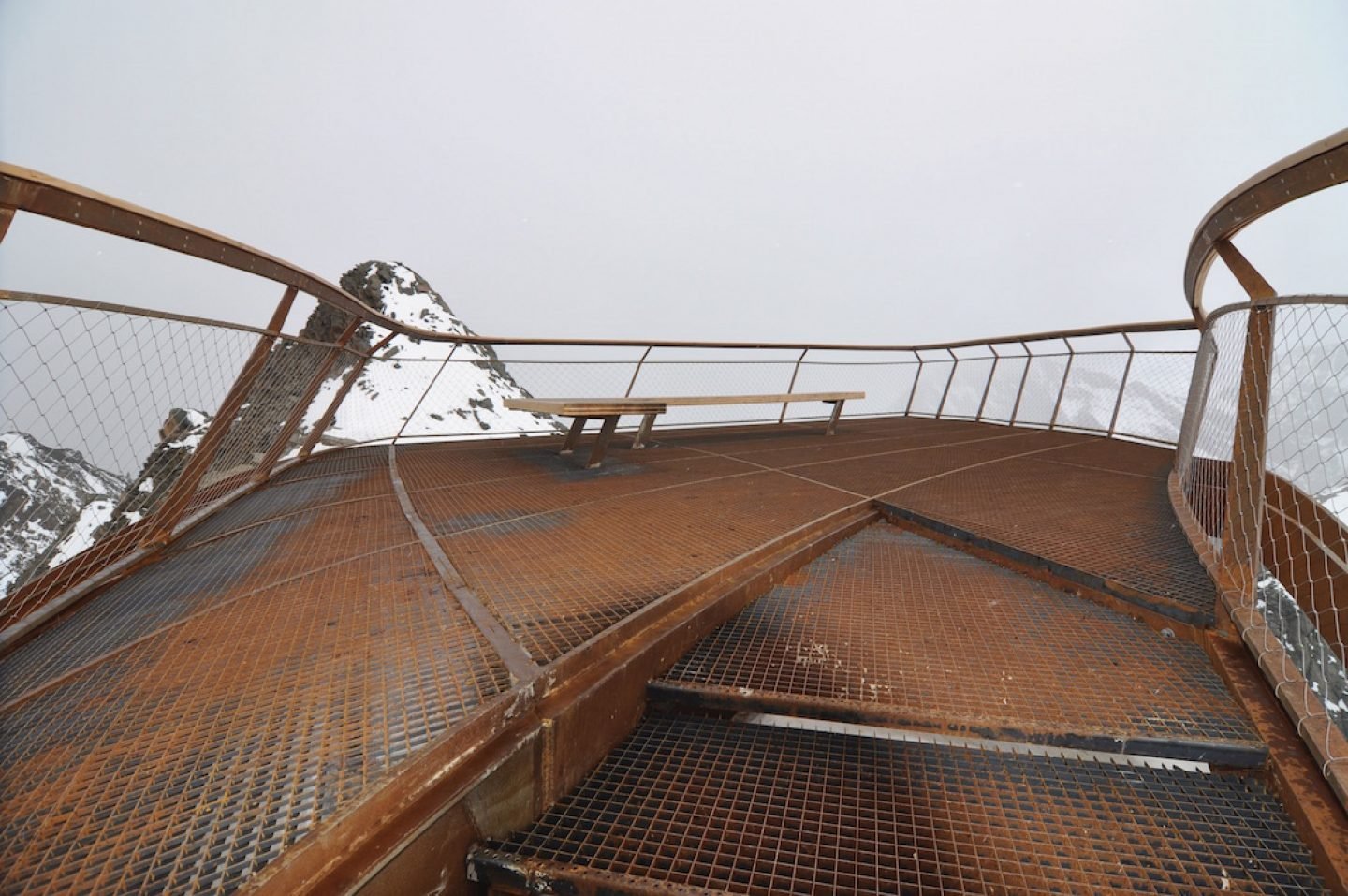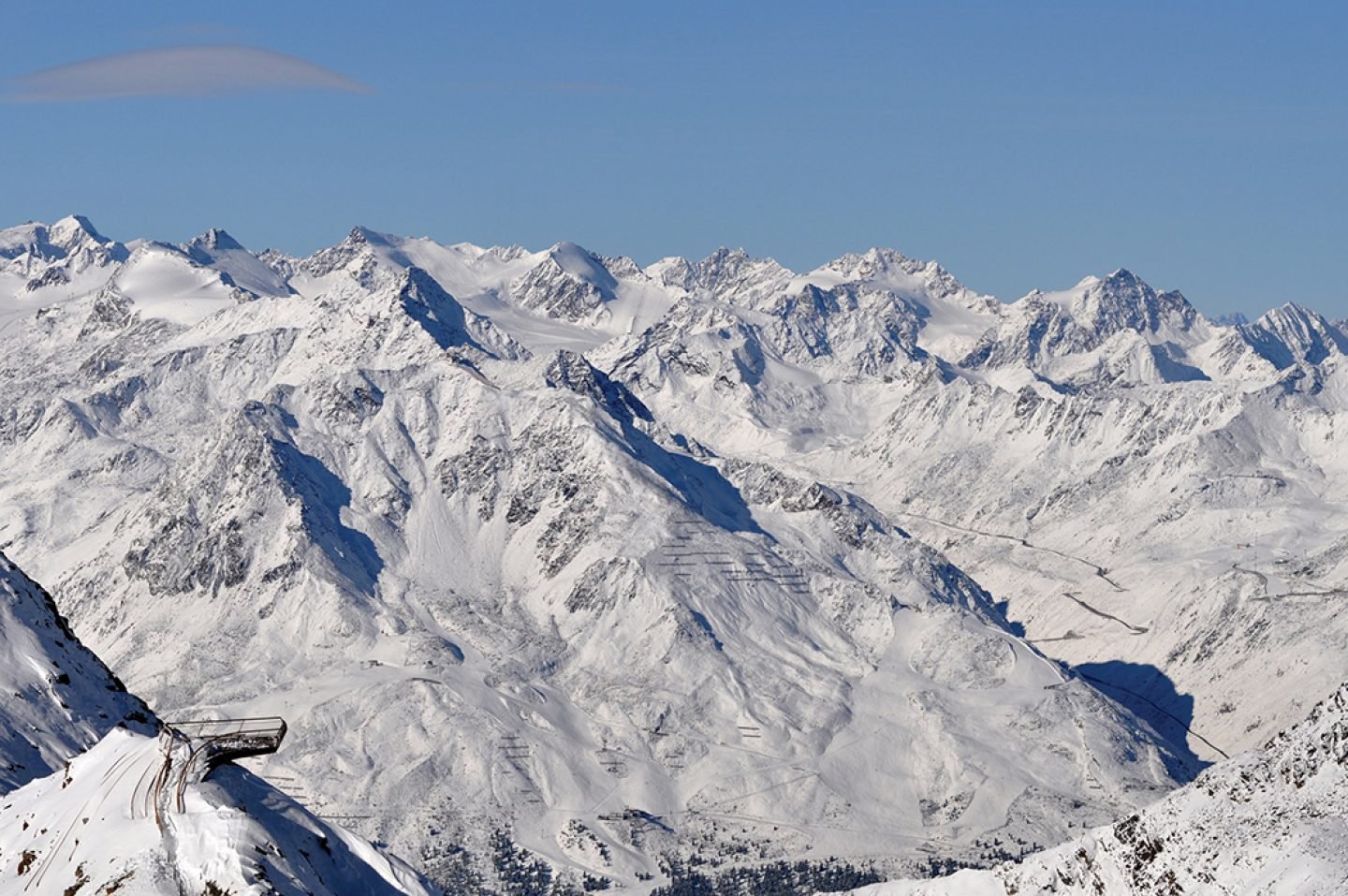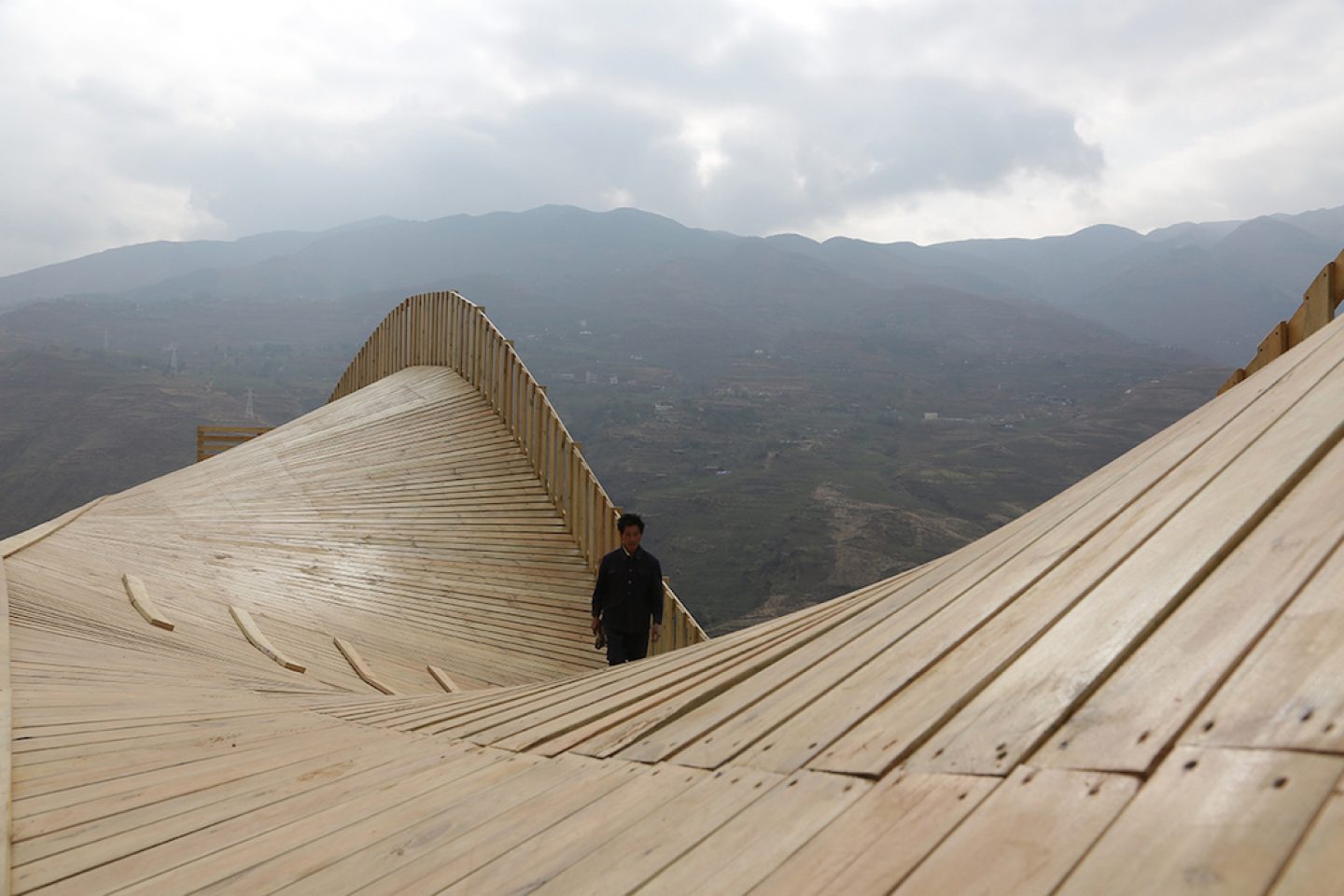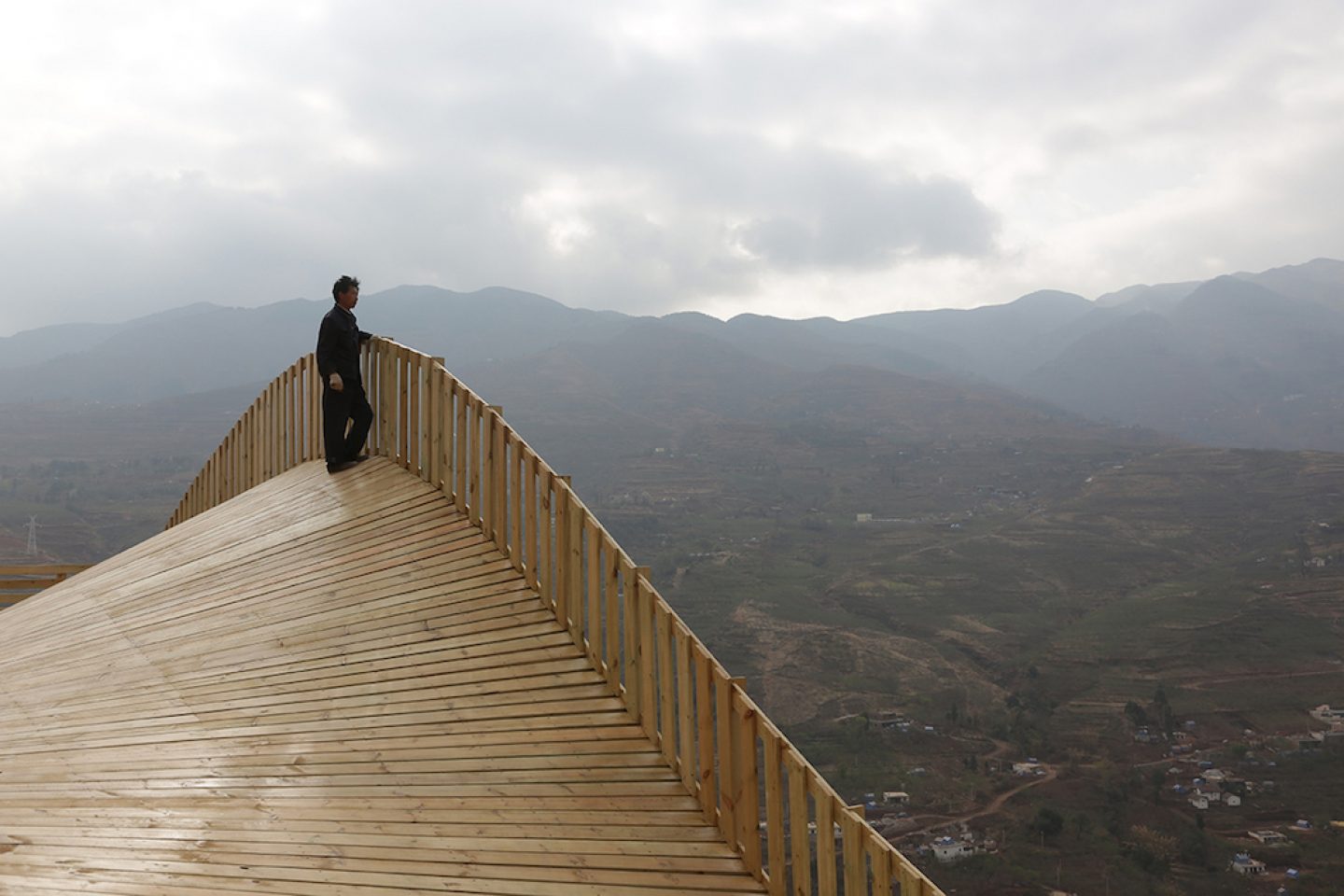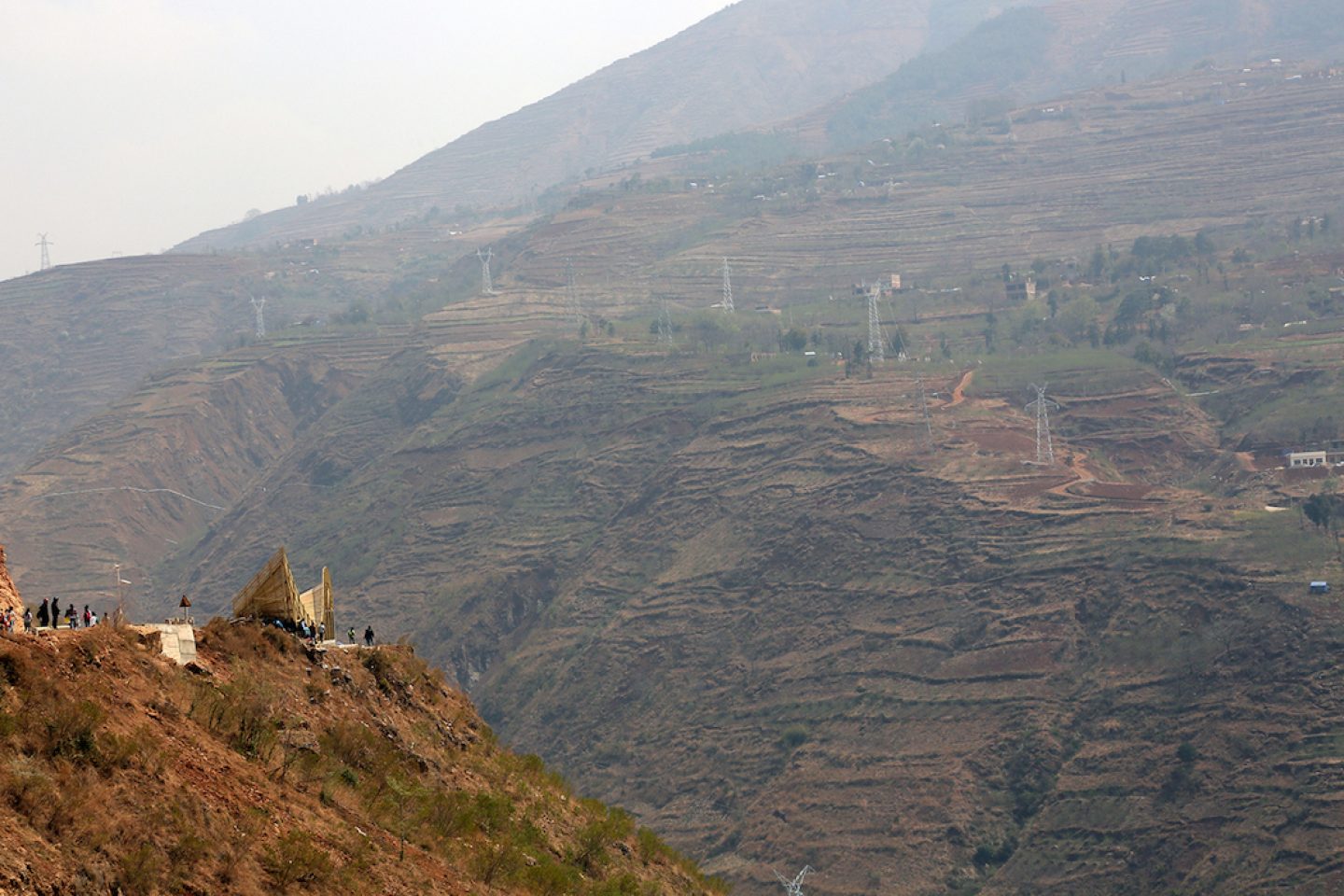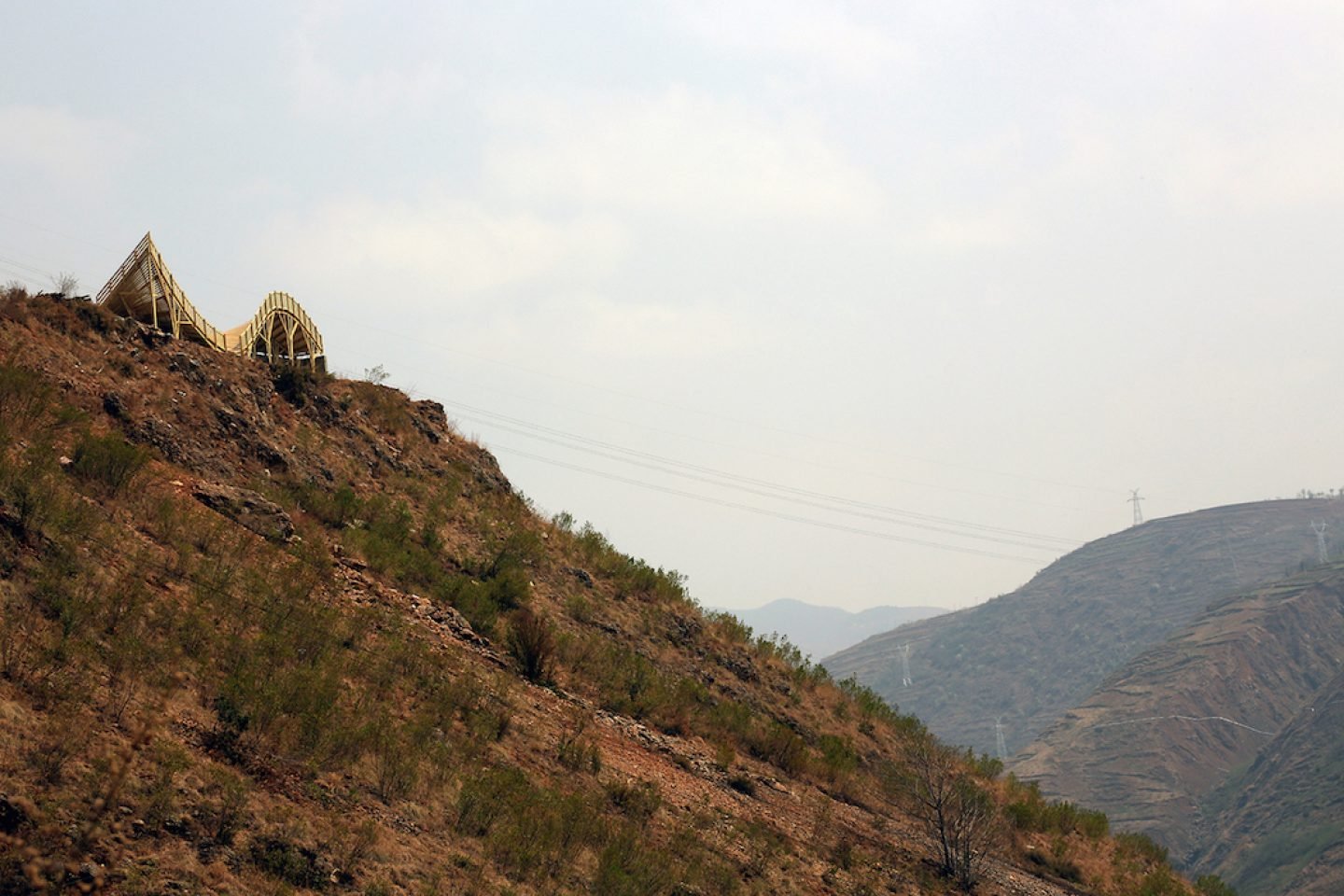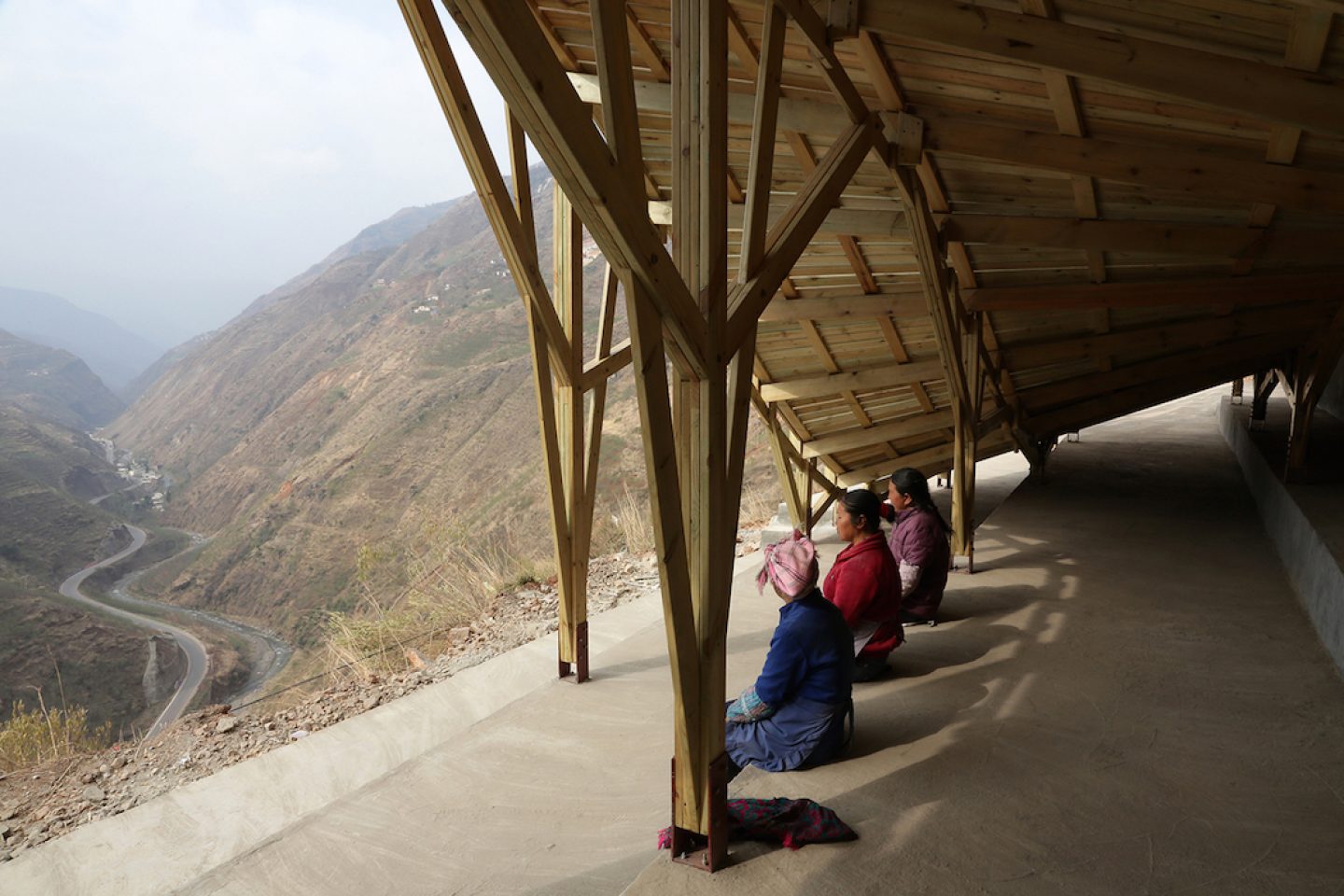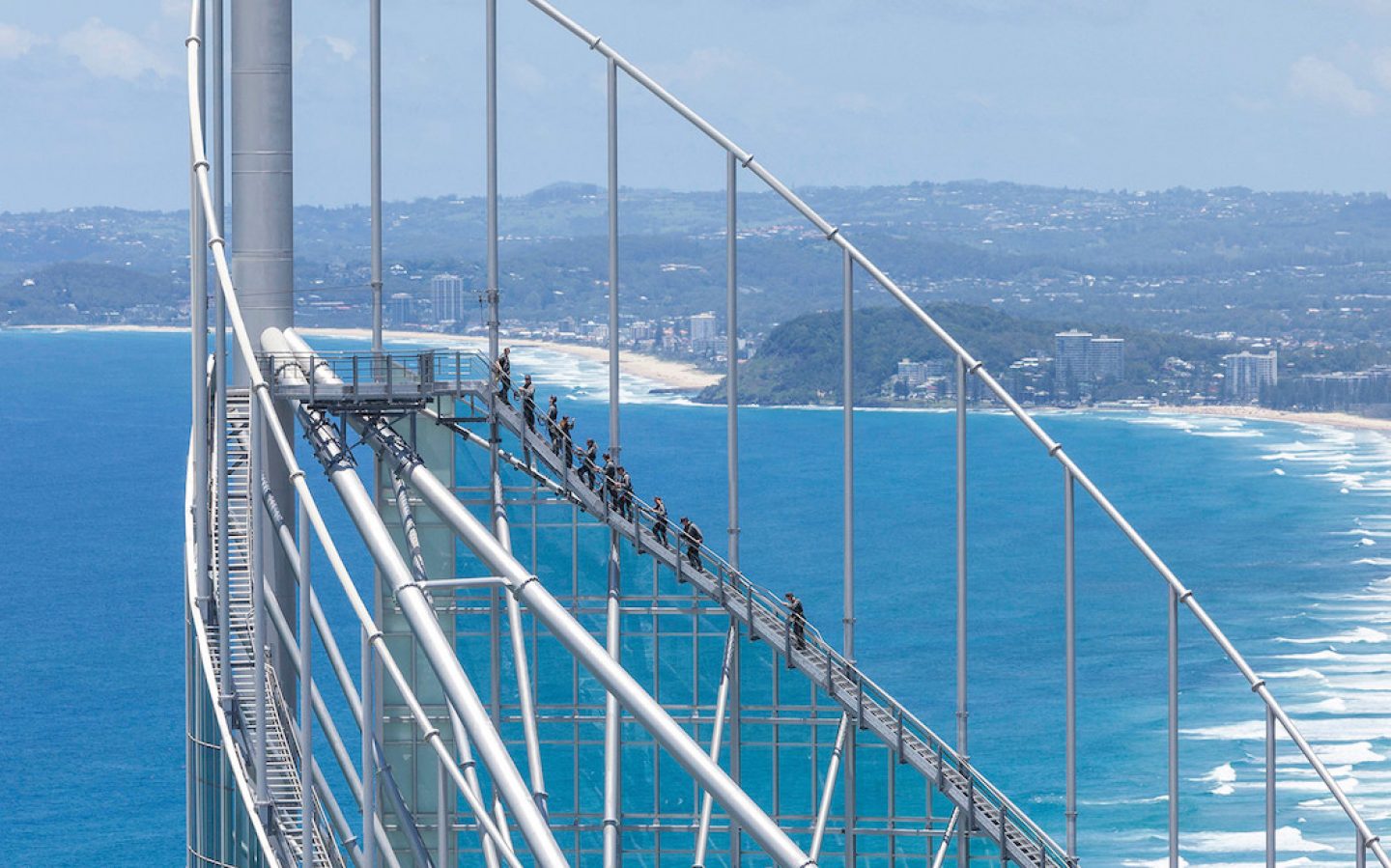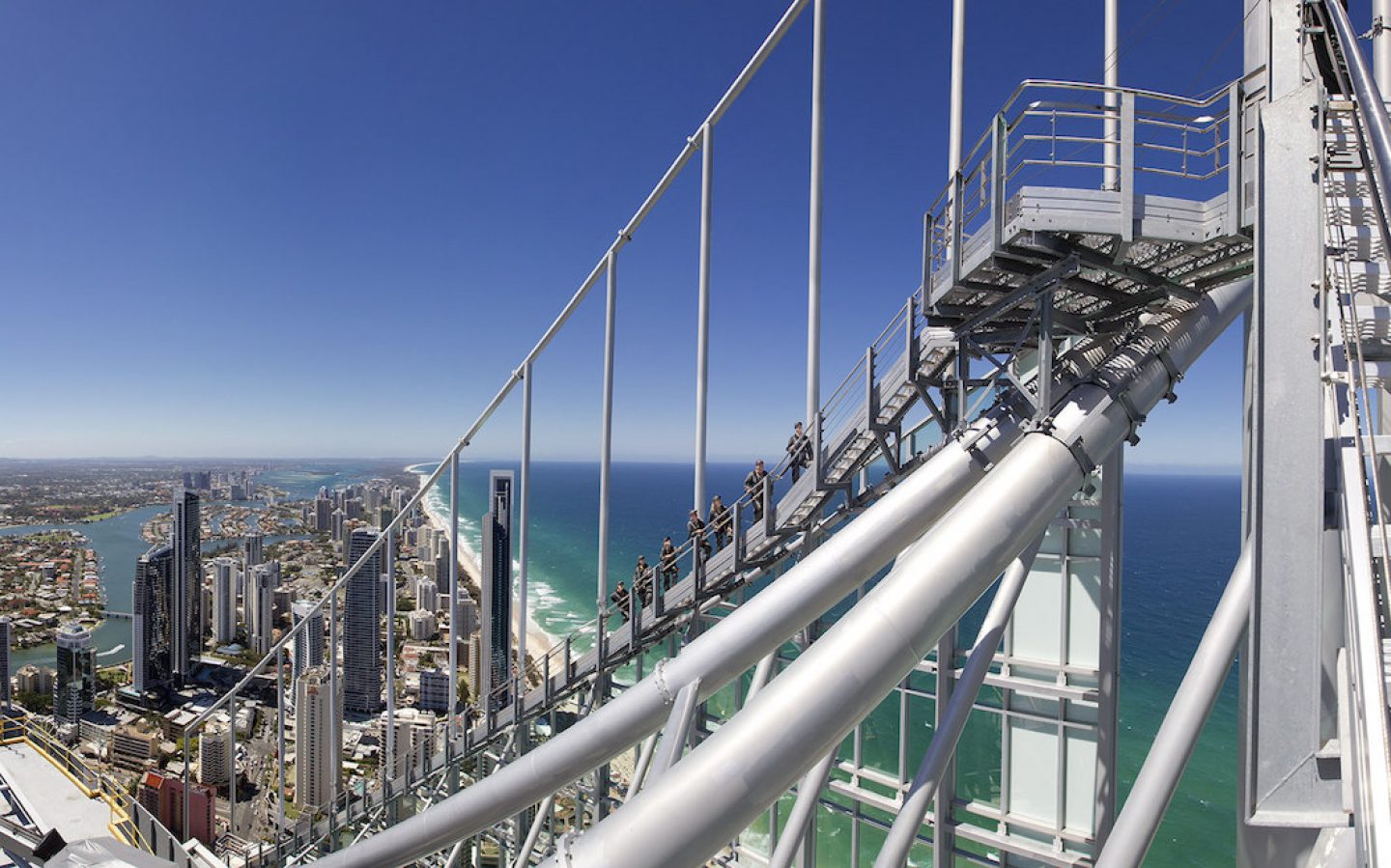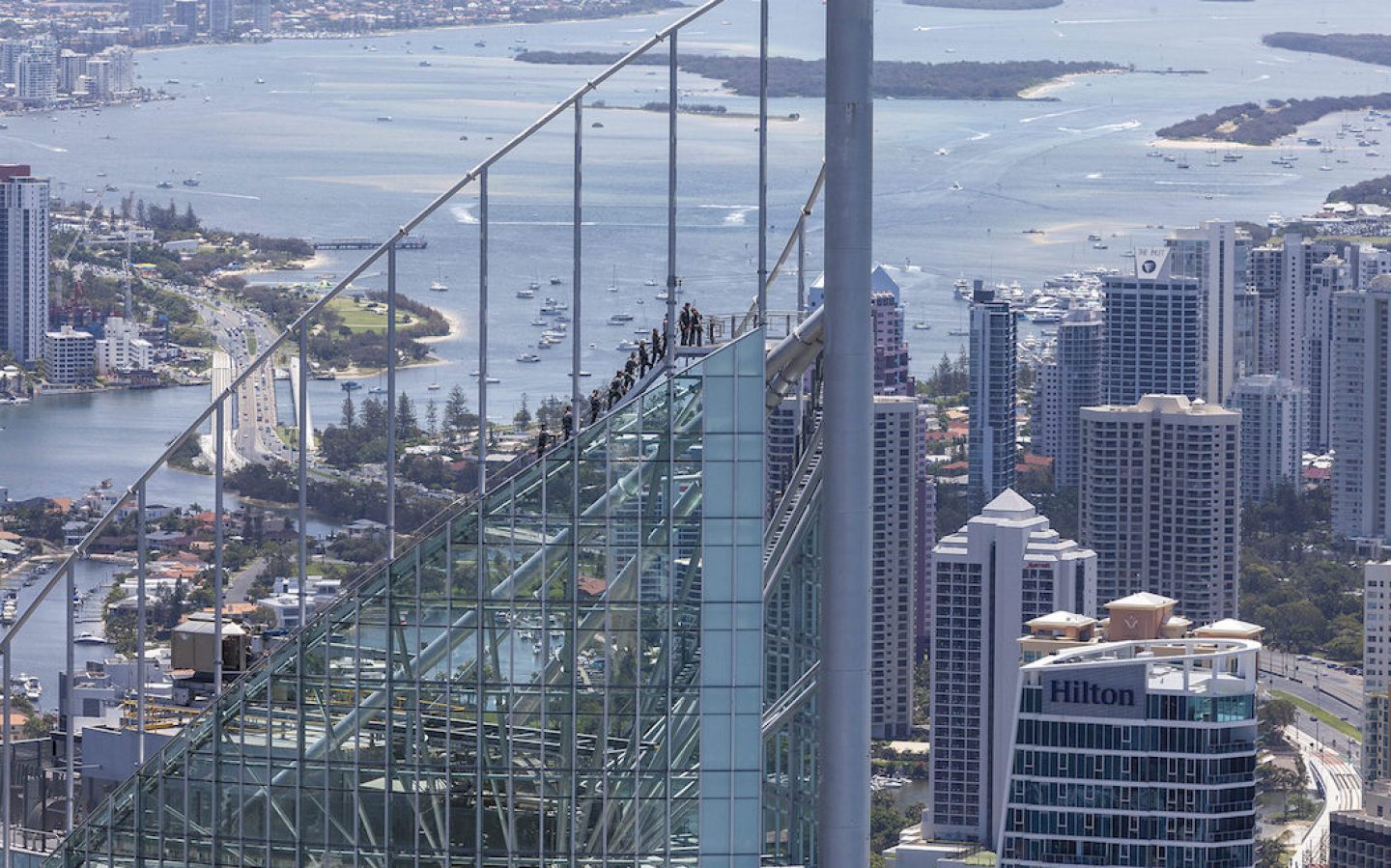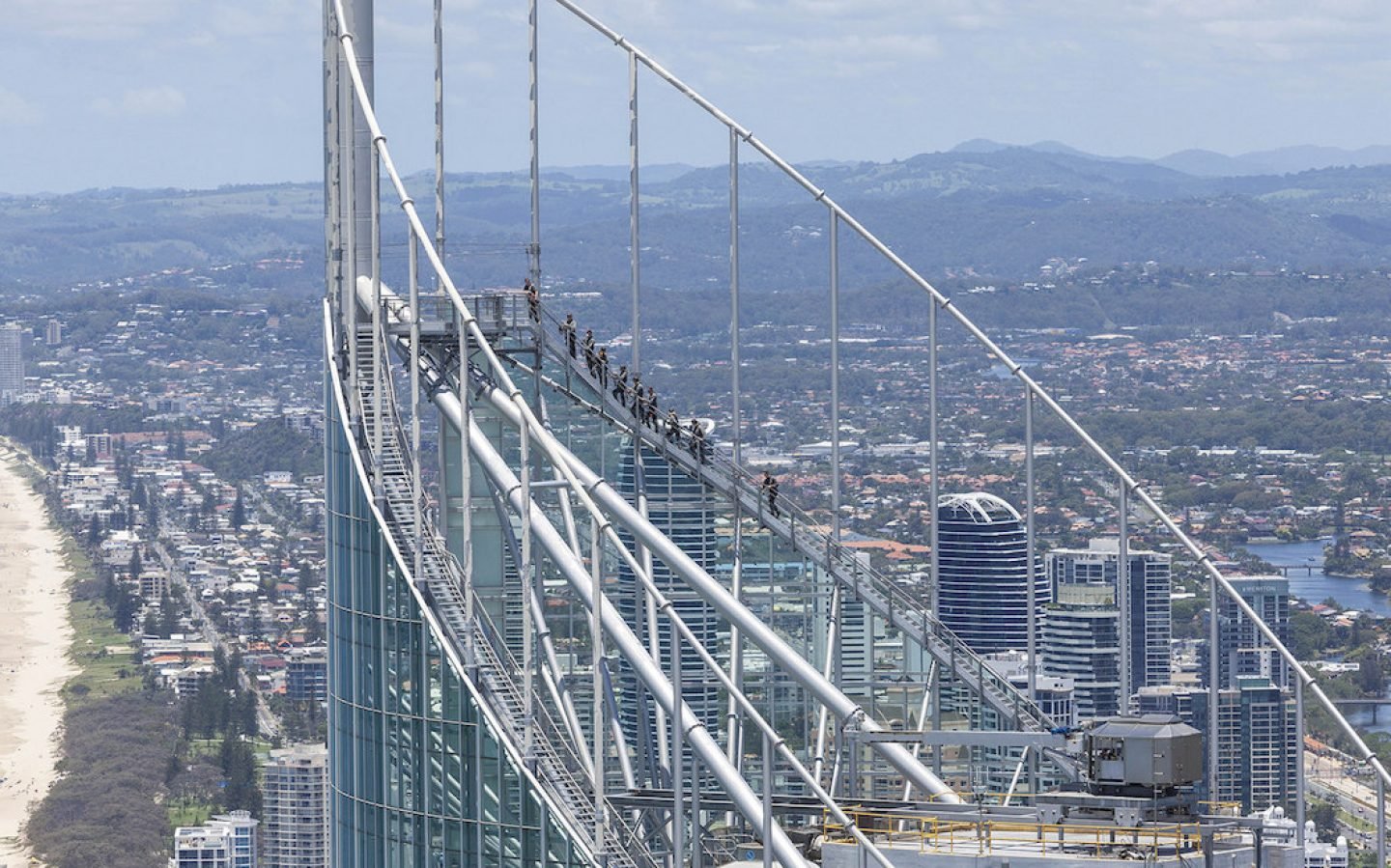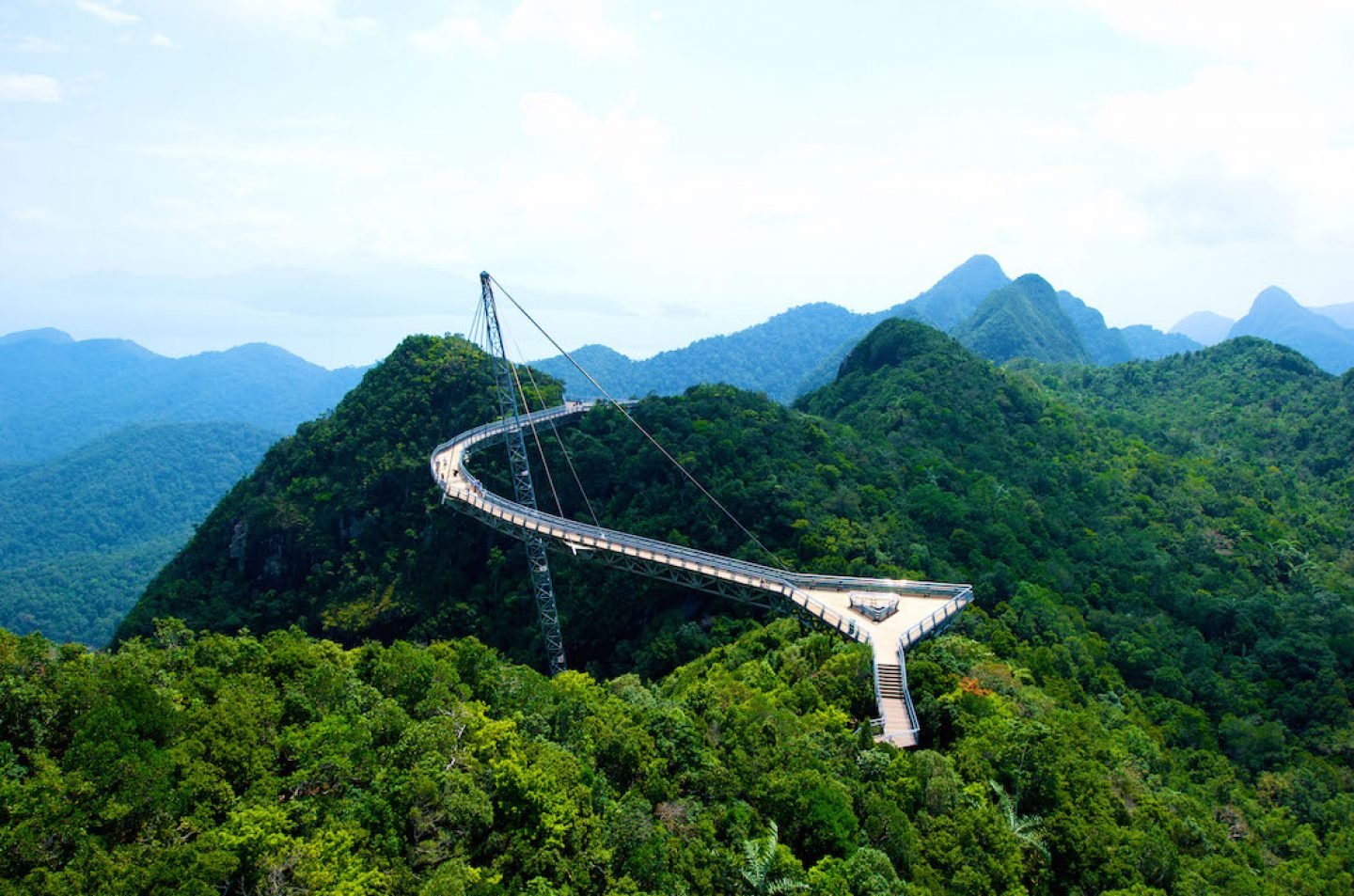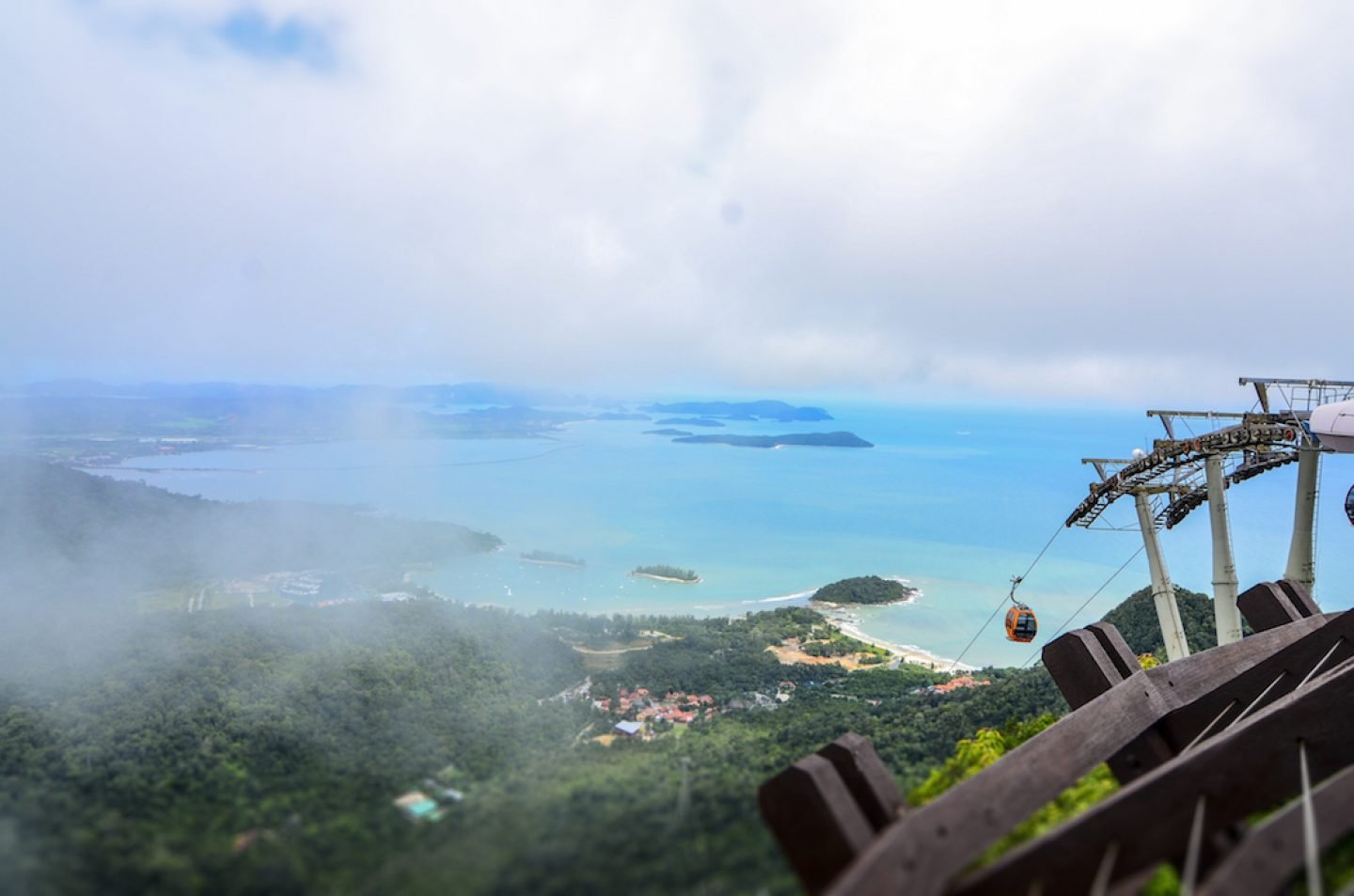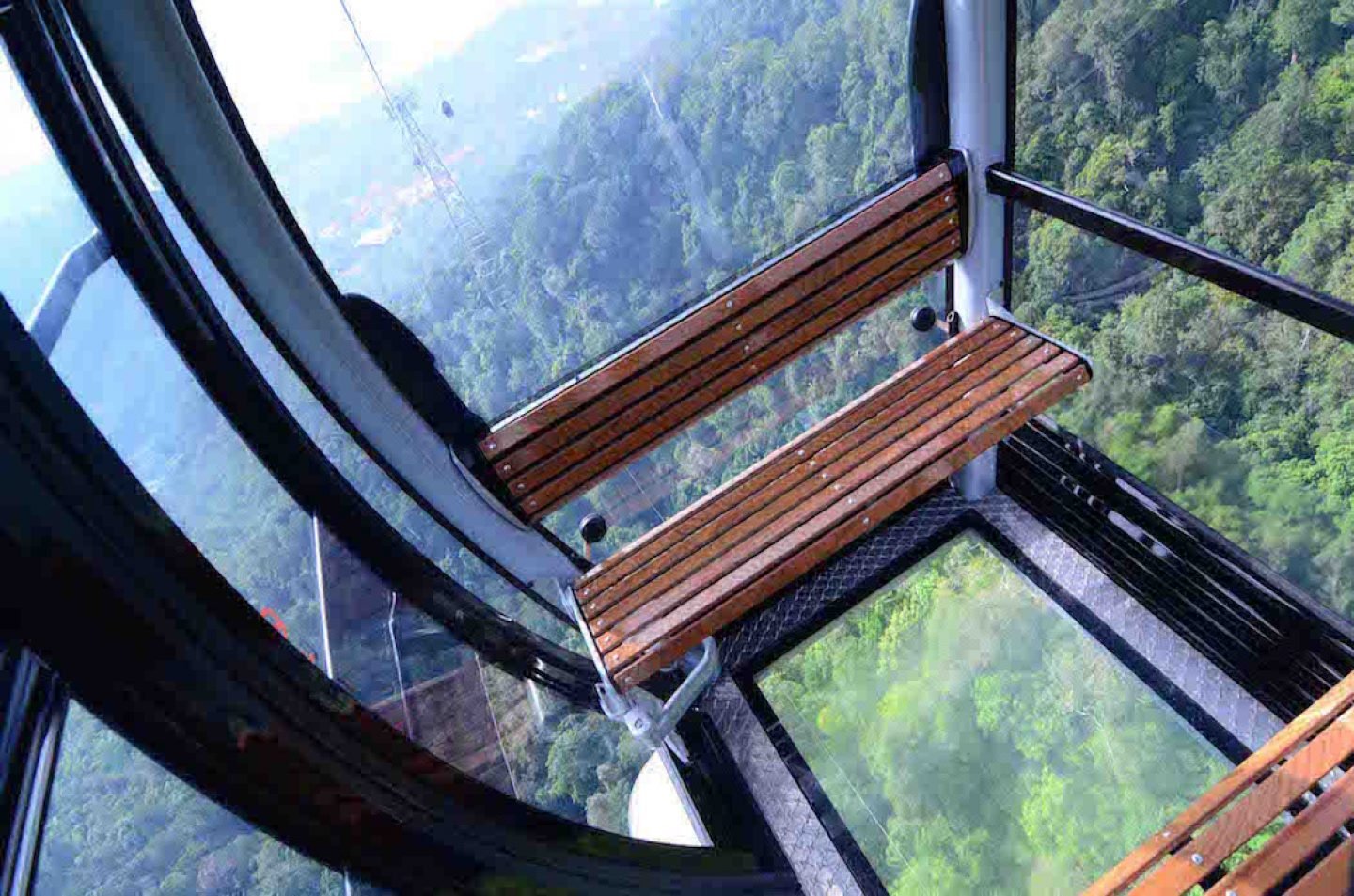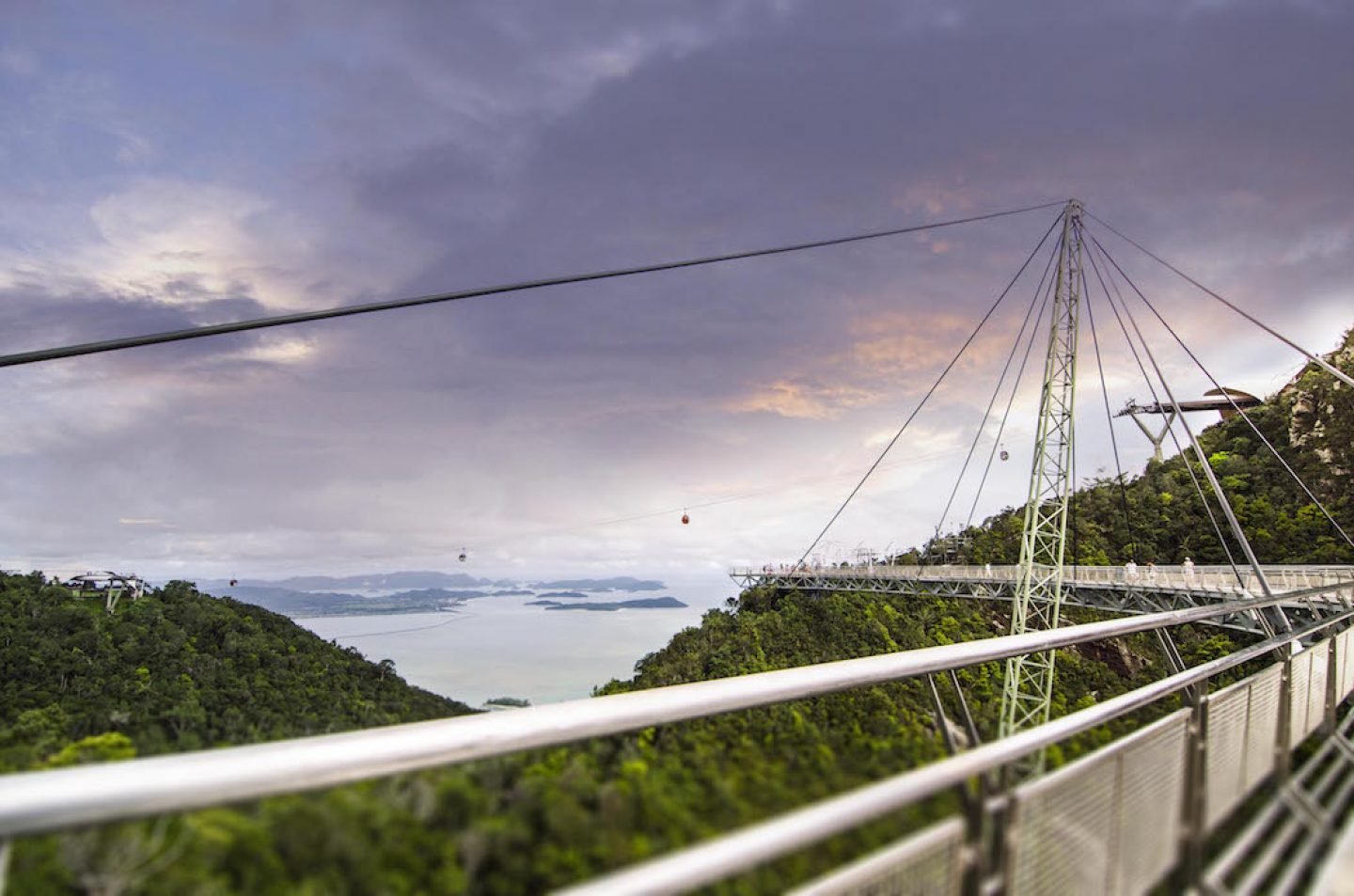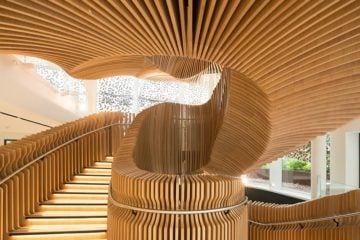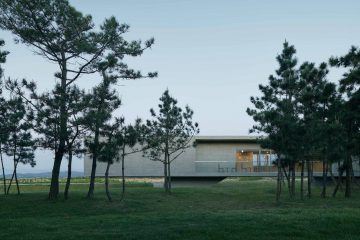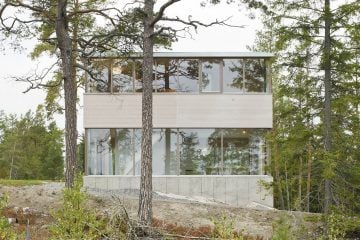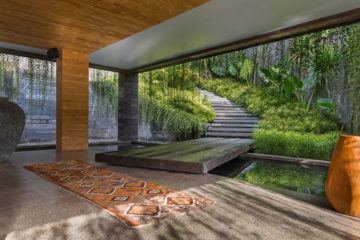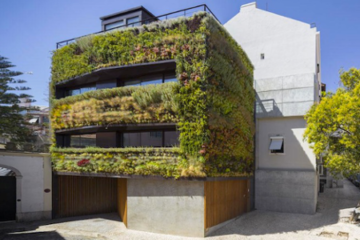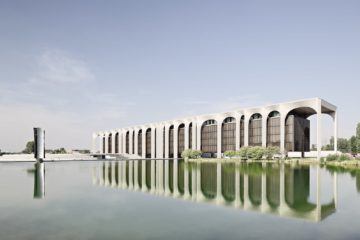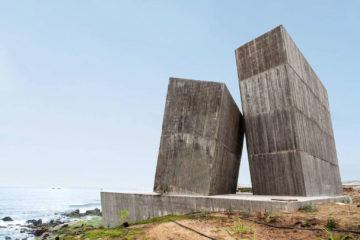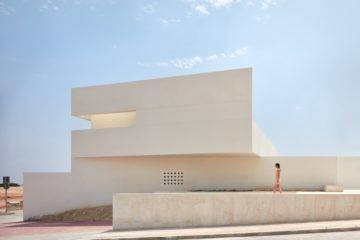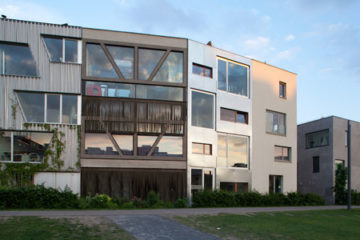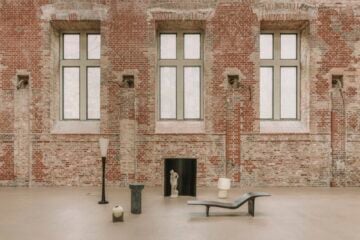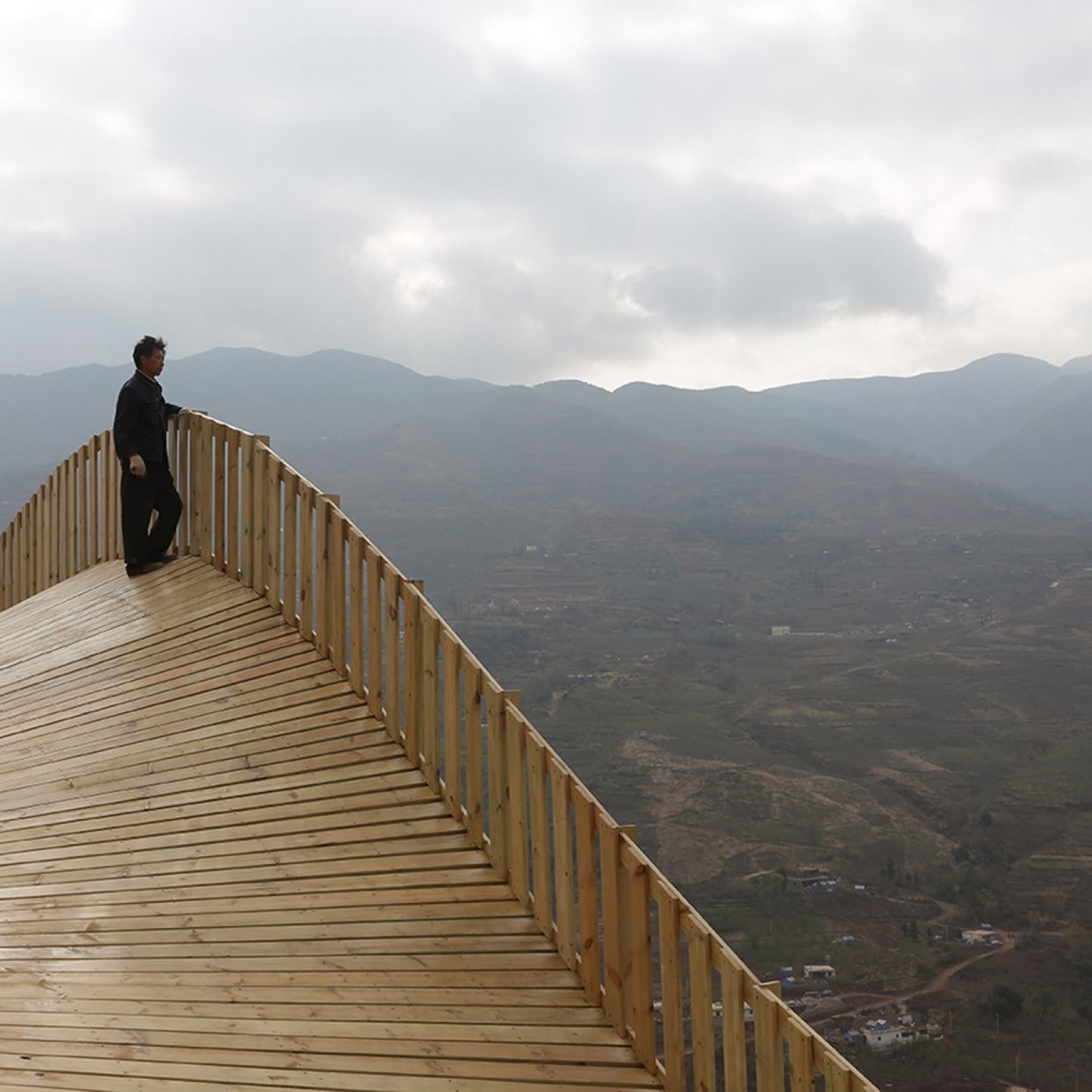
Top 10 Skywalks And Viewpoints
- Words
- Jessica Jungbauer
If the aim of architecture is to incorporate buildings into their surrounding area, then man-made constructions like skywalks and viewpoints take this concept to the next level by enabling visitors to experience natural surroundings in a more intimate way.
Not for the faint of heart, the adventurous designs often require visitors to overcome their own fears, such as the fear of height or the vertigo – to then be rewarded with panoramic views of the Grand Canyon or a scenic walk through a jungle in Malaysia. From swirling steel structures to wooden decks, we’ve composed a list of the most progressive designs from all around the world below.
Winding its way through the dramatic deep fjords of the western coast of Norway, the ‘Trolligsten National Tourist Route’ is a project created by studio Reiulf Ramstad Arkitekter and completed in 2010. Only open during the summertime, the site attracts adventurers who like to experience the panoramic views and various natural elements the plateau has to offer from up close, such as flood barriers, water cascades and bridges. The entire route can be explored on foot in a 20 minute-walk. Speaking about the concept, the architects say: “The architecture should underpin the site’s unique character, and give visitors an added value in relation to the travel experience. All project elements support the experience of the nature and submit to the context and interact with, not compete with, the dramatic landscape.”
All images © Die Photodesigner
Opened to the public in 2007 and located on the Hualapai Indian Reservation, the ‘Grand Canyon Skywalk’ challenges visitors to overcome their fears by walking over a glass structure hovering about 600 meters above the ground. To create the U-shaped design erected from the rim of the Grand Canyon, businessman David Jin teamed up with studio Lochsa Engineering. According to the initiators, the structure is “sturdy enough to hold the weight of a dozen fully loaded 747’s, and strong enough to withstand winds up to 100mph.”
All images © Courtesy of Grand Canyon West
Overlooking the Sunwapta Valley in Canada, the Glacier Skywalk by Sturgess Architecture features a trail along the cliffside with the observation platform as the highlight. At an altitude of 280 meters, the viewpoint consists of a glass floor, revealing the view of waterfalls and wildlife. In order to incorporate the structure into the natural environment, materials that age over time, such as Corten steel, were used. A description about the concept behind the skywalk reads: “The vision behind the Glacier Skywalk’s design was simple: depend on the natural environment, draw inspiration from it, and integrate with it.”
All images © Courtesy of Brewster Inc.
Studio Franek Architects designed a scenic sky walk in the Czech village of Dolní Morava, offering panoramic views of the Morava River and its natural surroundings. At a height of 55 meters, the structure appears like a spiraling tower and was built using a combination of steel and wooden materials. Speaking of the idea behind the sky walk, the studio says: “This unique building will offer not only beautiful views, it will also educate and entertain, allowing you to experience the intense feeling of being at a heights that visit only birds and clouds. Visitors of all ages will learn from the information boards about the attractions around this building, the history of the valley and the clouds as a meteorological phenomenon.”
All images © Jakub Skokan, Martin Tůma
Entirely made from aluminum, the sculptural-looking observation tower by terrain architects offers panoramic views of the River Mur in Austria at a height of about 30 meters. By walking up the 168-step spiral staircase, one can experience the various levels of the surrounding forest’s eco-system. Speaking of the idea behind the design, the architects say: “The access and construction principle of the Mur Tower is based on the idea of a double helix that is perceived as a continuous path rising up through the trees. The visitors’ climb to the top is a scenic experience.”
All images © Hubertus Hamm, Marc Lins
_
QUILOTOA SHALALÁ OVERLOOK, ECUADOR
Located in Ecuador, ‘Quilotoa Shalalá’ is a platform overlooking a turquoise lake set between a nearby active volcano in the mountainous landscape of the Andes. Designed by architects Jorge Javier Andrade Benítez, Javier Mera Luna and Daniel Moreno Flores, the wooden structure is erected from the crater and mirrors the surrounding area. With the goal of offering the visitor an experience of the natural environment unlike any other point in the crater, the architects’ statement reads: “The experience of the user is enriched through the creation of a platform extending from the edge of the crater over the cliff looking to give the visitor the opportunity to ‘fly’ over the landscape, producing an almost vertigo-like sensation.“
All images © Lorena Darquea
Set atop the Stubai Glacier near Austrian ski resort Innsbruck, studio LAAC Architects’s slanted steel structure provides scenic views of the surrounding mountainous landscape. During summer months, visitors can witness the effects of climate change up close. The platform – located 3200 meters above sea level – can be reached via a nearby mountain station and was built using a helicopter. Speaking of the idea behind the design, the architects say: “The breathtaking 360-degree panorama stretches from the Zillertal and Stubai Alps to the Dolomites and Chalk Alps. The platform invites the visitor to take a rest and to enjoy the peace and beauty of the mountains.”
All images © Courtesy of LAAC
_
THE WARP, CHINA
Made from timber wood, ‘The Warp’ is a sinuous viewpoint located on top of a hill overlooking the mountain village of Ludian in the Yunnan region of China. Additionally, the structure serves as a meeting point for the local community with market stalls and resting areas. The project belongs to a series of designs by Olivier Ottevaere and John Lin in collaboration with the University of Hong Kong, which are all created from timber wood only. Speaking of the inspiration behind the viewpoint’s concept, the architects say: “Its peaks and vallies mimic the landscape while providing two mirrored spaces (above and below) for viewing and resting.”
All images © Courtesy of Olivier Ottevaere & John Lin / The University of Hong Kong
Located directly on the beach, the Skypoint Observation Deck on the Gold Coast of Australia combines a viewpoint with a building climb. Set atop the Q1 resort building, the steel structure provides panoramic views of the Surfer’s Paradise and its back country at a vertiginous height of 270 meters.
All images © Courtesy of Skypoint Australia
According to the architects, the pedestrian Langkawi Sky Bridge in Malaysia is “the longest free span and curved bridge in the world.” The 125 meter-long structure, which was completed in 2004, was built on top of Machinchang mountain. The sinuous bridge is suspended at an altitude of 100 meters and offers spectacular views of the surrounding jungle. In a statement about the design, the architects say: “In contrast to a straight bridge, where the end is always monotonously in sight, a curved bridge offers spectacularly changing perspective that reinvent themselves as one proceeds along it.”
All images © Courtesy of Langkawi Sky Bridge
